This article discusses the German-made Leopard 2 main battle tank, its technical abilities, some combat applications, and tactics with the latest combat in Southern Ukraine (Zaporozhe region).
Leopard 2, especially the latest widely deployed version Leopard 2A6, is a formidable fighting machine. By many parameters, it is considered the finest tank in the West even the US-made Abrams has more combat experience and killed the enemy armor in battle. Leopard 2 has the optimal balance between firepower, protection, and mobility. Firepower is presented with a formidable 120 mm cannon with a superior fire control system, mobility is based on a reliable diesel engine and suspension system that provides solid cross-country mobility, and protection is based on a strong basic and additional armor. The weaker side, if that can be considered as a week, is a combat weight of 62+ tons and height. There is also some issue with armor and that will be discussed in this article. Designers in Krauss-Maffei-Wegmann created a well-optimized combat platform that suits the NATO doctrine. However, there is no ideal combat machine and marketing materials and exercises often fell short in real combat situations. For example, Turkish Leopard 2A4 previously suffered combat casualties facing determined guerillas who took them with ATGMs. It is also evident that Ukraine is a proving ground for Western equipment in real combat situations, facing the well-organized and led army which is diametrically opposite to the opponents in numerous US & NATO aggressions worldwide where they faced qualitatively inferior forces and enjoyed complete air supremacy over the theater of operations.
As NATO allies scramble to collect enough combat-worthy tanks a "million dollar question" is what these steel beasts can do on the battlefield. Can they turn the tide in some well-announced spring or summer offensive and push the Russians back? The following is a short analysis of the pros and cons and the reader can draw its own conclusion.
With much pomp, Leopard 2, A4 and A6 versions were delivered to the Ukrainian army, and the Western partners provided and will continue to provide the necessary training. In Western media, especially among some “groups” this was celebrated as a game changer that will smash through the Russian lines and liberate “occupied territories”. After several months of training the first units arrived in Ukraine. It is not clear (for now) are all of those crews are Ukrainian or there are some other nationals there. The Maintenance troops are something that in the current circumstances can’t function with the supervision of the qualified staff. With this, Poland is the first on mind, then “volunteers” and contractors from other countries. It is reasonable that the countries that have Leopard 2 also provide (besides the pure training) some kind of advanced support.
Much spoken spring offensive (delayed for some time) as of the time of writing is ongoing and the Leopards were unleashed to get the first taste of blood but seems that after a few days, the situation wasn’t favorable and the fields in Zaporozhe are littered with the burning wrecks of this much prized Ukrainian asset. As military men often say “No battle plan survives the first contact with the enemy” and in the Leopard 2 case that has both virtual and physical meaning.
As more and more Ukrainian brigades move in multiple directions, the story of Leopard 2 in the offensive is just the beginning.
Regarding the war in Ukraine, two versions, the A4 and the A6, are of particular interest. Let's see how Leopards 2 are composed. Leopard 2 has a well-balanced trinity of the main tank characteristics: protection, firepower, and mobility. The following photos present the layout and major components:
Technical information can be found in many places on the internet so those well-known specs will not be discussed in this article, rather presented as stated in the OEM documentation:
Dimensions (see Figures 1 and 2 above)
Ground clearance with mine protection assembly: Front 0.48 m, rear 0.44 m
NOTE After reinforcement of the hull bottom: rear 0.41 m
Ground clearance without mine protection assembly: Front 0.54 m, rear 0.49 m
NOTE After reinforcement of the hull bottom: rear 0.45 m
Weights
MLC (Military Load Class) 70 [1]
Maximum acceptable weight 62.525 t
Combat weight 62.525 t
Combat weight without ammunition 61.5 t
Specific contact pressure with combat weight 9.73 N/cm2
Empty weight with mine protection assembly 61.5 t
Turret weight (combat weight) 21.4 t
Turret weight (empty weight) 20.2 t
Turret weight (empty weight without adaptive armor) 19.4 t
[1] a system of standards used by NATO to classify the safe amount of load a surface can withstand
Performance specifications
Maximum speed, forward (Rotational speed n = 2600/min) 68 km/h
Maximum speed, reverse 31 km/h
Creep speed approx. 4 km/h
Rotating about the vertical axis 10 s (360°)
Rotating turret, electrically 9 s (360°)
Rotating PERI, KP 36 s (360°)
Rotating PERI, KP with fast rotation 9 s (360°)
Ranges and consumption guidelines
Fuel consumption Range
On-road approx. 3.4 l/km approx. 340km
Off-road approx. 5.3 l/km approx. 220km
On-road/off-road (average) approx. 4.1 l/km approx.280 km
Idling approx. 12.5 l/h
Protection
We can talk about estimates (because the real information and the armor composition is a closed guard secret: compared to the rolled homogenous armor (RHA) Leopard 2 older versions (like A2) are in the range of 590-690 mm (turret), 600 mm on the glacis and lower front hull. The newer version (A6) has a 920-940 mm turret, 620 mm glacis, and lower front hull. As we can see it is considerable additional protection for the A6 version. A7 has better protection but for now and very likely in the future will not be sent to Ukraine.
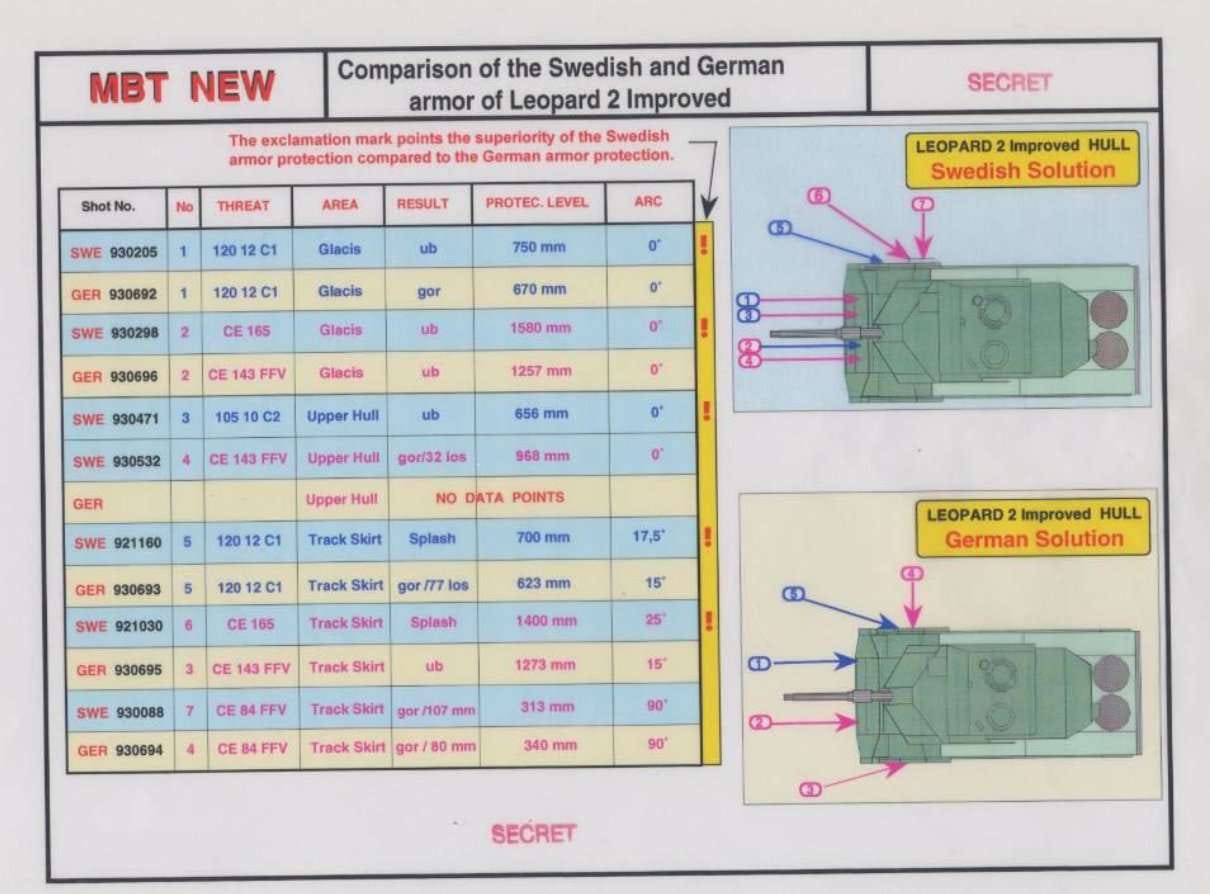
The add-on armor consist of:
the adaptive armors (3) right/left
the static shield panels (1) right / left
the swiveling armor (2) right/left
the add-on module (4)
The crew compartment is equipped with 9 liner plates which provide the crew with additional protection against shrapnel damage (spall). It consists of plastic reinforced with fiberglass.
Of interest is the tank mine protection. The mine protection module is armored steel plated welded together into a mine protection plate which is mounted with 12 bolts below the hull. An emergency exit hatch cover mine protection is part of it. If the mine protection module has been removed, the holes for the fastening bolts in the hull floor are closed with threaded plugs.
Additional protection
According to some information, Ukrainians are putting their touch to increase protection. They are using explosive reactive armor (ERA) which is used on all their tanks. This addition requires modifications on the turret and hull. The first is to make mounting frames and brackets. Not really a great challenge because metal for the frame and explosive bricks are readily available. The rest is up to the designers to do an optimal mounting. It is interesting to see a symbiosis between Western design and the basics of theatre modifications.

Addition protection is nothing new. For example, Canadian rented Leopard 2A6 tanks in Kandahar were equipped with slat armor as additional protection against the Taliban RPGs. It increased the weight but those tanks were used in a static role (in majority cases) in forward operating bases. Using the reactive armor is something different.
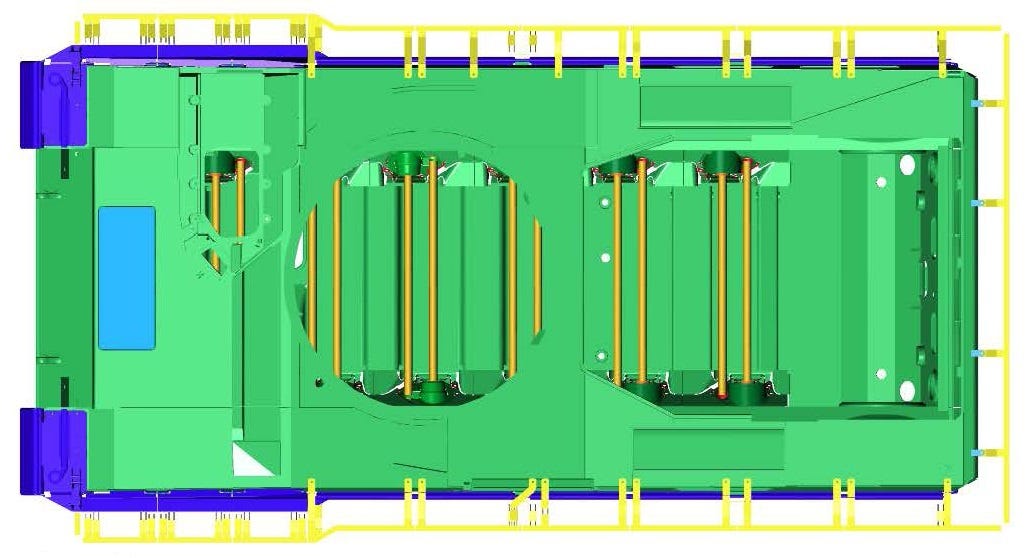
It is worth mentioning that when the Russian tanks rolled into Ukraine with odd looking cope cages above the turrets (protection against NLAW and Javelin), Ukrainian and Western media mocked them up. But now, after the "introduction" on the battlefield and the first blood spilled these cope-cage designs seem that are more than needed simply because Leopards are easy prey for the top attacks.
The weight can increase by an additional 2-3 tons. That weight may create problems for the power pack and limit mobility. Everything depends on what this tank concept is with the Ukrainian army: for now, it looks like that emphasize is on the firepower and protection. For mobility, they can always use remaining Soviet-made tanks as well as some donated by NATO countries old but still good T-72 tanks of different versions.
For example, ERA and slat armor can be mounted on both A4 and A6 model frontal armor with modification of the brackets and frame and using the wedge-shaped additional protection similar to one shown in Figure 12 and 15.
Vulnerability
As previously mentioned, Leopard 2 has impressive armor protection, the question is how this much-prized combination of basic armor, OEM additions, and in-the-theatre additions can protect it against the mighty Russian anti-armor capabilities. The bottom line is - no tank is absolutely protected!
The first real combat experience and the first blood occurred during the US/NATO occupation and war in Afghanistan. During the fighting against the Taliban, three Canadian Leopard 1 were irretrievably lost, with another 15 Canadian Leopards 1 and six Danish Leopard 2 disabled but repaired.
The first taste of the ATGM happened in December 2016 in Syria, Aleppo. Near the city of Al-Bab Turkish Leopards 2A4 were targeted with the Fagot AT systems, stolen by ISIS militants from the Syrian army depots. ISIS published photographs and videos showing the hits in the side of the hull, followed by a large flash, which could indicate the fire of the ammunition rack, followed by the ammo cook-off.
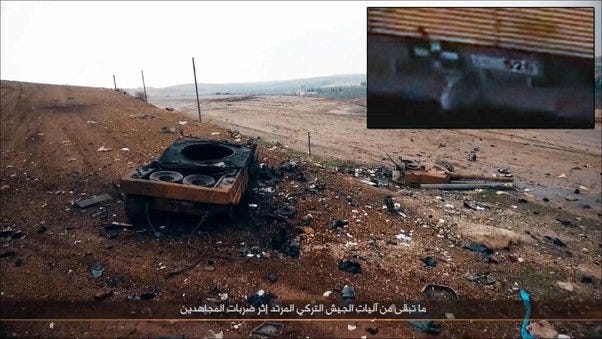
Turkey lost ten Leopard 2A4 tanks: half from the anti-tank missile systems; another one was damaged by a rocket or mortar; two were blown up by an IED and another one received damage from the AT mine. Likely, the terrorists captured one.
During the next operation against the Kurds in Syria, on 3 February 2018, the anti-tank missile destroyed the tank near the city of Afrin. The missile hit the hull's front left side (the tank's main ammo rack with 27 shells), which caused the ammo detonation.
Since 2016, the Turks lost more than a dozen Leopard-2A4 vehicles in Syria. As a product of German engineering, the Leopard 2 is considered one of the most powerful and protected tanks in the world. However, the real war dispelled the popular media myth about the invincibility of German armor. This was particularly painful because both ISIS and Kurds used old Soviet-made ATGM systems and mines.
After these debacles, analysis followed and the blame was put on the wrong tactics and lack of skilled crews meaning the lack of experience and training in handling sophisticated combat platforms. There are some merit in this but the reader shall remember that tank is not designed to “work” only in ideal field conditions. It is a workhorse to be used and abused in many different modes of operations.
Some experts commented that the tank is vulnerable and does not reflect the advertising materials and typical Western propaganda: the Achilles hill is the ammunition rack. According to them, Leopard 2 tanks have a fatal structural defect in the placement of the main part of the ammunition in the front left part of the hull, with weak protection from the sides.
In the public and media, it was pushed under the carpet. As the war in the Ukraine intensified, the need for the German panzers rolling to the east arose again. NATO accepted the Ukrainian plea and the Leopards started to role east again.
Anti-tank mine is the cheapest way to immobilize and damage the tank. Ukraine is not the first place where Leopards met mines. Previously, in Afghanistan, two Leopard 2A6 tanks were blown up by mines. The crew of one of them was able to leave the tank and the second tank after the explosion was able to drive about 200 m and only then stopped. Three tankers were wounded but were able to leave the tank while the driver was unable to get out.
When the AT mine damages the tracks, the crew can try to replace it (it is a standard exercise for any tanker) but on the battlefield that can be a big issue. Damaged tanks often need to be towed with a special armor recovery vehicle - ARVs (which are never in enough number) and those ARVs are often even bigger prizes to hunt than the tank itself.
Anti-Tank Guided Missiles are one of the most serious threats to any tank. This time it is not about the old Fagot or Concurs missiles but the modern, long-range and much more deadlier missiles in the Russian inventory.
Among them are 9K121 Vikhr, 9K135 Kornet and Izdeliye 305.
9K121 Vikhr (Whirlwind) system with 9M127 missile is the most important anti-tank system for the airborne platform in the Russian inventory. The missile can be launched from Mi-28NM and Ka-52 helicopters as well as Su-25T/TM aircraft.
For now, 9M127 is a major air-launched Leopard and other armored vehicles killer in the war.
The 9K135 Kornet is a modern Russian anti-tank-guided weapon system with wide use in the war in Ukraine. The 9M133 missile is equipped with a tandem HEAT warhead, has a diameter of 152 mm, and is considered the largest and most powerful ATGM ever built. This warhead is of such size and concept that can defeat any modern and in-development tank with the advanced Chobham armor or the tanks equipped with the latest ERA.
Izdeliye-305 is the latest and relatively unknown helicopter-launched multipurpose missile used by the Russian forces. It was designated as the lightweight missile project 'LMUR' (Russian for light multipurpose guided missile - Легкая многоцелевая управляемая ракета). Besides this, some older systems (from the depots such as Fagot and Concurs) are still in use with the reserve troops.
As the first Leopards 2 rolled into the battle formation and advanced toward the Russian lines, the vulnerability of the tank started to show up immediately. As the first one, tanks and accompanying IFV (predominantly US-made Bradly) were caught in the minefields and covered with artillery fire. This showed that no tank is invincible against the antitank mines. Worst for the Ukrainian side, specialized mine clearing equipment (based on the Leopard 2 chassis) was badly mauled and stuck into the minefields. Leopard 2 tanks were also hit by the Russian ATGMs launched either from the helicopters or by the Russian anti-tank groups (the Leopard hunters). In addition, Russian drones pinpointed locations of the advancing armor and relay coordinates to the artillery which covered them with fire that includes both ordinary shells and guided Krasnopol projectiles. Attacks with the loitering munition followed. According to the provided video material, several Ukrainian units and many dozens of vehicles were hit. These hits were particularly effective if the hit was on the turret top where the armor is thinnest or the side where the munition compartment is located. In one spectacular video, the turret was blown away 100 m into the air. This shows that the Leopard 2 if hit at the right spot, is destructible as any Soviet/Russian-made tank.
Ukrainians made tactical mistakes and the most obvious is that attack without air superiority against the modern army is suicidal. Also, Russians laid dense minefields at any probable direction of attack, and the size and sophistication stopped almost all Ukrainian mine-clearing vehicles. Worst for the attackers, Russians use remote minelaying launchers Zemledeliye (Земледелец - Agriculture), which can lay fast minefields in front or the rear of the attacking troops effectively blocking retreat or reinforcement.
What recently surfaced is quite unusual damage on the Leopard turret top. The optic is destroyed and the top steel plate is cracked and bent. The thickness of the armor on that particular spot is 40 mm. That is high-strength ballistic steel which is very hard to break. It appears that the crack is right by the support rib. This shows that the kinetic impact was extremely strong. Highly likely the 152 mm artillery shell hit the turret at 80-85 deg. The kinetic energy of that shell is something about 6375 KJ and the impulse is 25500 kg m/s. This is just the kinetics without the effect of the high explosive. As the turret is welded structure, welding joints can be stronger than the basic material (which is proven during the ballistic testing) but the problem can be if the reinforcement ribs are spaced at a greater distance which will definitely be prone to break the connection because of the shear impulse and momentum.
A 40 mm thick armor can be easily penetrated with a shaped charge so if Lancet hit it there, the jet will pierce through the armor with ease and go all the way down to the bottom. What is interesting is that a kinetic impact can also punch in. This gives the Russian side a clear confirmation that the artillery barrages against the tank positions have a great chance to disable the tank.
To summarize, the initial Ukrainian attack faced only Russian front-end positions which are not even part of the main defense lines.
Russians paid very close attention and developed training and tactics so the regular troops and mobilized units were meticulously trained to engage all western tanks that may show up in Ukraine. According to the ex-head of the Main Automotive and Armor Directorate of the Russian Defense Ministry, Colonel-General Sergey Mayev, The Leopard 2A6's greatest weaknesses are the poor protection of the sides and the upper hemisphere. He estimates that not a single armored vehicle, be it the Leopard, Abrams, or any other Western tank, will be able to withstand simultaneous high-accuracy strikes by artillery, multiple launch rocket systems, anti-tank missile systems, front-line, army, and long-range aviation - in other words, a combined fire impact. Taking all previously mentioned, it appears that his statement is correct - chances that Leopard 2 can survive the encounter with the Russian helicopters and/or the ground tank killer units are very small.
Firepower
Arguably the best characteristic of Leopard 2 is its formidable Rh-120 L/44 or Rh-M-120/L/55 120 mm smoothbore gun. The gun is installed in the turret with the cradle cylinder in the main weapon installation port. In the cradle, the gun tube is stored recoil capable. The gun tube is locked towards the back by the breech ring. The breech ring includes the closure latch with the firing system and is connected via the recoil brakes and the gun tube recuperator to the cradle cylinder.
The smooth gun tube is suited for firing fixed ammunition with fin-stabilized projectiles.
Fire control system
Beside the gun, the fire control system is the component that put the tank above competition. The fire control system includes all equipment and devices which are necessary for detecting a target and guiding the main gun and coaxial machine gun.
The fire control system makes possible laying and firing:
while stationary and while moving,
in conditions of clear or limited visibility and while dark,
against uncamouflaged or camouflaged targets,
against stationary or moving targets.
Optical/Optronic Sighting equipment:
EMES 15 A2: 1 EMES, 24 Laser electronics system;
Thermal imager: 2 Thermal imager base unit; 10 Thermal imaging device auxiliary control unit; 17 WBG electronics module PERI-R17 A2/TIM 7 PERI/TIM; 3 Monitor; 14 PERI electronics module; 11 Control and boresight panel; 35 PERI rocker switch;
FERO-Z18 A6: 32 FERO; 33 Adaptation Optic FERO
Fire control computer and sensors for fire control:
Fire control computer: 13 Computer; 8 Computer control panel; 6 Gunner’s operating panel; 5 Commander’s display panel
Sensors: 22 Vertical sensor; 28 Azimuth resolver; 34 Gun elevation angle transmitter for PERI; 37 Gun elevation angle transmitter for EMES; 39 Field boresighting system Speed sensor (transmission)
Electric gun slaving system (E-WNA):
12 Power electronics
Laying drive: 25 Elevation Drive; 26 Traversing drive; 27 Gunner’s control handle; 20 Commander’s control handle
Emergency drive: 29 Emergency control device; 23 Control electronics
E-WNA: 15 Turret gyro; 16 Stabilization electronics; 31 Main gun gyroscope; 36 Acceleration sensor; 38 Elevation resolver; 30 Force sensor
Central logic: 19 Central logic/main distribution box
Control panels: 9 Operating stage control panel; 21 Loader’s control panel
Computer-controlled Tank test equipment: 4 Control and display unit; 18 Computer test unit.
To master this system, many months of training are necessary so it is highly likely that the Ukrainian crews didn’t master it, but rather learned the basic operations. With this, the major advantage of the tank against the older tanks in service with the Russian military is not employed enough. This does not take into consideration the technical proficiency with the maintenance.
Ammunition
Rheinmetall Rh-M-120 120 mm smoothbore gun normally uses two main types of ammunition - the APFSDS-T armor-piercing rounds and HEAT-MP-T multi-purpose rounds. The APFSDS-T round penetrates around 450 mm of rolled homogenous armor (RHA) equivalency at the 2,000 m range. Germans estimated that it could penetrate the frontal armor of the Soviet T-72B tank at a range of 2,000 m and the frontal armor of the T-62 tank at a range of over 4,000 m. The HEAT-MP-T round is effective against both soft and hard targets. This penetration estimate against the T-62 is of interest because Russians moved some quantities from the storages, equipped with the additional ERA, to the defense lines in Zaporozhe. In any case, tank-to-tank combat in the current circumstances with the overwhelming Russian air superiority and vast quantities of the ATGM is not very likely. Tank-to-tank combat is very rare and so far half a dozen engagement is visually recorded since the beginning of the special military operation.
Ammunition supply for Leopards is not an issue because several NATO countries can supply 120 mm rounds. Poland is geographically closest and produced several types of shells:
The 120 mm APFSDS-T-TP projectile assembly is secured to the Combustible Cartridge Case (CCC). The CCC has a steel case base with a rubber sealing ring around the top. The projectile assembly consists of the steel rod with the pierced tailcone. The tailcone is used for stabilization and range decreasing the projectile during flight. The maximum range with the elevation of the gun about 10° is not more than 7,000 m. The steel penetrator is carried by an aluminum three-part sabot which is discarded once the projectile has left the gun muzzle. Sabot obturation is achieved by using a nylon band.
The propellant consists of powders produced by a Polish factory. For ignition, the propellant in all types of 120 mm rounds is used GUW-7 electrical primer. The CCCs for all types of 120 mm rounds are imported from Germany.
APFSDS-T projectile assembly is secured to the CCC. The CCC has a steel case base with a rubber sealing ring around the top. The projectile assembly consists of the tungsten heavy rod with the steel fin assembly. The penetrator is carried by an aluminum three-part sabot which is discarded once the projectile has left the gun muzzle. Sabot obturation is achieved by using a nylon band. The propellant consists of the powders imported from Germany and the powders produced by the Polish factory.
HE-TP projectile assembly is secured, like in the previous type of round, to the CCC. The steel-bodied projectile has a boat tail and is based on a thread into a slender curved steel extension assembly with four forward-folding steel fins which snap out once the projectile has left the gun muzzle. The projectile contains non-explosive material with some amount of blast-smoke pyrotechnics and is fitted with a nose-mounted detonating fuse. The projectile obturation is achieved by using a nylon band. The propellant consists of powders produced by a Polish factory.
HE projectile assembly is secured, like in the previous type of round, to the CCC. The steel-bodied projectile has a boat tail and based thread into a slender curved steel extension assembly with four forward-folding steel fins which snap out once the projectile has left the gun muzzle. The projectile contains 2,3 kg of TNT and is fitted with a nose-mounted detonating fuse. The projectile obturation is achieved by using a nylon band. The propellant consists of powders produced by a Polish factory.
German Rheinmetall developed its 120mm x 570 HE-FRAG-T DM11 as the programmable chambered round and by its airburst capability. The DM11 is a modular design with a warhead with a programmable fuse, a ballistic cowl, a tailfin assembly, a drive band, a combustible casing with propelling charge, and a case base containing the primer and an integrated data cable for programming. The DM11 is designed for engaging lightly armored targets such as vehicles, antitank positions (whether dug-in or in the open), field fortifications, double reinforced concrete walls as well as earth and timber bunkers. This allows the Ukrainian crews to deal with the Russian field fortifications. Declared maximum effective range is up to 5 km. Germany delivered some numbers to be tested in battle conditions.
US aid package will include 120 mm tank ammunition that will be used in German and allies-delivered Leopard 2 tanks. Down the road, if the statement of delivery of the Abrams tanks materializes, it will also use depleted uranium ammunition. Leopard 2, is compatible with Abrams in terms of ammunition. This ammunition will be shipped directly from the US Army’s stockpile. The standard armor-piercing sub-caliber ammunition for Abrams is the M829 projectile, which uses depleted uranium. In particular, the modern versions of these munitions are M829A3 and M829A4. In addition to armor-piercing ammunition, the US can also supply M830 cumulative, the M830A1 multipurpose programmable fuse, and the M1028 shrapnel, which is essential for fighting enemy manpower.
Russia has warned the West that it will consider the use of any depleted uranium weapons as nuclear 'dirty bombs'. The UK was the first that delivered their ammunition (which is not compatible with Leopard 2) to be used in Challenger 2 tanks but the entire stock was blown in a Russian missile attack spreading radioactive cloud from the Khmelnitsky base to Poland and further west.
Sooner or later, Ukrainians will start to employ depleted ammunition and that will likely cause a very tough Russian response.
The secondary armament consists of two 7.62 mm machine guns. One of them is coaxial, while another is mounted on top of the roof.
Smoke grenade dispensers are also included.
Mobility
From the equipment depots in Poland, to bring it to the front line Ukrainian planners must take into consideration the constraints of their own railway and road networks. As the Soviet railway was designed taking into consideration the sizes and weight of the Soviet equipment, heavier Western equipment may be limited to some directions (especially depending on the bridges) to bring it close to the front line. The other disadvantage is if the equipment is damaged and can't be repaired in the vicinity of the front or the remaining repair and maintenance facilities in western Ukraine, it can put additional strain on communications because that may require shipping it a thousand kilometers from the front line.
The Leopard 2 Tanks mobility is based on its MTU 883 Diesel engine. Generating 1500hp, it has a high power-to-weight ratio, which has accommodated the additional weight of the tank with many upgrades. Coupled with the Renk HSWL 354 transmission, it has four forward and two reverse gears. The Suspension is a standard torsion bar type offing a top road speed of 68 km/h. Road speed is not really important as the speed that can be achieved in off-road situations. Leopard 2 has a good mobility but the issue is a relatively large profile compared to the Soviet tanks. Mobility in the pace conditions and the exercises is very different than in real combat. So far, Leopard 2 didn’t show even a fraction of its mobility because the troop and vehicle concentration areas were targeted far behind the front line, and a score of tanks were destroyed without even getting into the no-men land.
Off-road capability is one of the most important characteristics when performing mobile operations. This is particularly interesting in the low-level and gentle waved terrain such as Zaporozhie region. The defender can plan defense taking into consideration the physical limitations of the tank. From some available satellite images, it is visible that the Russian defense lines have this kind of obstacle.
Visibility is an important aspect, especially during cross-country movements and in combat where the crew's hatches are closed. The range of visibility with the vision block is presented in the following picture (the latticed area is not visible - blind angle):
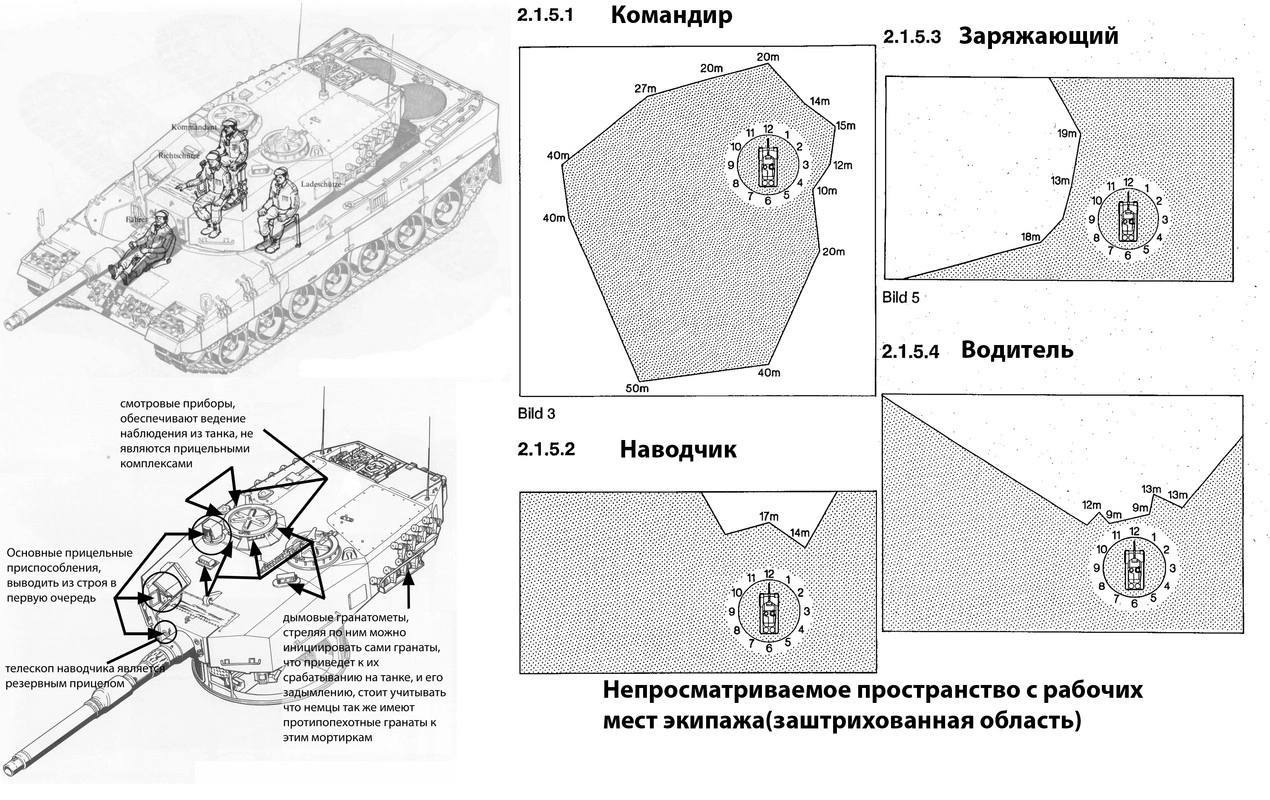
Tactics
So far, the Ukrainian military was trained as per the former Soviet tactics and that has to change and to change rapidly. The issue is that such kind of transformation can't be executed overnight.
Ukrainian units equipped with Western equipment are organized as per Western standards and will apply Western tactics. The foundation of a tank combat unit is a platoon. In Western armies (this is from the US organization) the tank platoon is the smallest maneuver element within a tank company. Organized to fight as a unified element, the platoon consists of four main battle tanks organized into two sections, with two tanks in each section. Tank platoons usually operate as a whole or by section and do not normally deploy individual tanks.
The fundamental mission of the tank platoon is to close with and destroy the enemy. The platoon's ability to move, shoot, communicate, and provide armored protection is a decisive factor on the modern battlefield. It moves, attacks, defends, and performs other essential tasks to support the company team or troop mission. In accomplishing its assigned missions, the platoon uses fire, maneuver, and shock effects, synchronized with other maneuver elements and with combat support (CS) and combat service support (CSS) assets. When properly supported, it is capable of conducting sustained operations against any sophisticated threat.
The tank platoon can survive and win in battle, however, only if it is well-trained, effectively led, and highly motivated. Crews must be aggressive, and their tactics must reflect the tempo and intensity of maneuver warfare. Platoon training must prepare them to operate in hostile territory with the enemy to their front, flanks, and rear.
The following illustration shows the typical platoon formations. they are by no means rigid, and they greatly depend on terrain visibility, obstacles, and situational awareness.
Some examples from the Canadian manuals show how the attack with the support of the Infantry Fighting Vehicles may be executed (there are many options and this is for presentation):
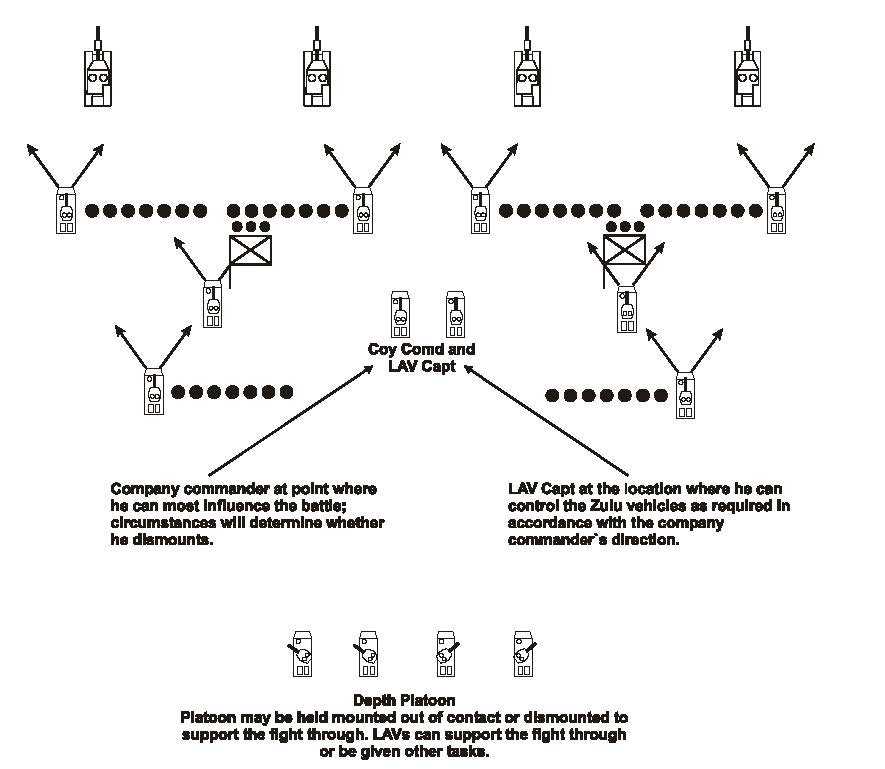
Tank company can move over the terrain in different formations which depends on the particular field situation. Typical US armored unit formations (from the FM 3-90.1) are presented here. The number of tanks can vary. Some Ukrainian armored units are caught behind their lines moving in line formation (determined from the videos of the Russian helicopter attacks).
Figure 36 (5 schematics): Typical tank company formations.
For many Western analysts or so-called military experts, one of the most significant aspects of the accumulating Western equipment in Ukraine is the psychological aspect (as they like to say “the world stands with Ukraine”). They also believe “the superior capabilities of the Western tanks in comparison with most Russian tanks that have been deployed in Ukraine, and the more effective Ukrainian tactics, will make a difference and bring them victory. According to them, Ukrainians already have experience, and they are arriving for a military that has been well-trained in maneuver warfare at a time when it is “clear” that the Russians are incapable of anything but frontal attacks. In particular, the ability of Leopards to stand off and fire at greater range, and superior armor in comparison with many Russian tanks may give them an edge. They also believe that the Western tanks have a better ability to operate cross-country in comparison with the lower-clearance Russian tanks and fight effectively at night. The idea embedded in the Ukrainian (or better say Western planning) is to break the Russian lines with the Western tanks and create a breach with the rest of the Ukrainian armor following the first wave. What feels most logical in this offensive is something more limited, like breaking the connection between Russian parts of the Donbas and the south”.
Western analysts already see dislocating the Russians by driving a couple of hundred kilometers through Zaporozhe and getting to the Azov Sea.
Everything looks feasible on paper and when presented on TV but many Western analysts forget that it is not the Iraqi desert, El Alamein or even tank battles on the Eastern front in WWII. This time the Western equipment are facing a modern army that knows how to fight with armor and against the armor and which also has complete air superiority.
Ukrainian tankers were trained based on Soviet doctrine. Switching to the new equipment and tactics based on the NATO doctrine will definitely leave a mark. As previously mentioned, many months and years are necessary to train the crews, both in combat duties and in maintenance duties. Ukrainian tankers are experienced T- series operators but the new equipment no matter how luxurious look like compared with the previous Soviet-made needs time that Ukraine doesn’t have.
Ukraine grouped Western tanks in small groups as the striking core of attacking units. From the first combat applications, it is evident that the Western methods were applied but there is one fatal flaw in that - western equipment is tuned to operate under air superiority which Ukraine doesn’t have and will highly likely never achieve it. This changes the equation fundamentally. Modern tanks and IFVs are blown before even engaging the enemy because Russians have air superiority and constant reconnaissance performed by drones.
Ukraine doesn't have a sufficient number of medium-range air defense systems (which are in the Soviet concept of warfare covered with the Army Air Defense) and reflected through the tracked platforms with their own fire control radars. One of that is a Buk-M1 system. Ukraine inherited a significant number of these launchers but the war attrition and losses took a toll and they are not sufficient. Western-delivered systems such as IRIS-T and NASAMS are different concepts and lack mobility meaning they are prone to Russian air attacks. SHORADS and MANPADS are still available but can't do much against combined artillery, helicopter, tactical aviation, and loitering munitions attacks. Ukrainian air force presence is sporadic and so far Russian Air Force was able to shootdown almost all airplanes and helicopters that Ukraine sent as support for the attacks on the southern front.
Russia formed mobile defense units and developed tactics which include combining air-land battles hitting Ukrainian forces behind their lines, cutting communications, and destroying ammo and fuel depots.
The idea of mobile defense in nothing new. It is well known concept and exercised on both NATO and Russian side. Russia mastered it and trained troops to do that in anticipation of the Ukrainian offensive. Conceptually, in a mobile defense a fixing force denies the adversary his freedom of action while a striking force maneuvers in order to defeat him. Commanders conducting a mobile defense use terrain, obstacles, depth and deception, together with fire and maneuver, to encourage an adversary to focus on the wrong objective. This renders the enemy vulnerable to attack. Therefore, depth, time and the ability to maneuver are particularly important factors in the conduct of mobile defence. Successful mobile defence requires rapidly switching between activities, and a readiness to concede ground where appropriate.
Mobile defense focuses on the destruction of the attacking force by permitting it to advance to a position that exposes it to counterattack and envelopment. The emphasis is on defeating the defeating rather than retaining or retaking ground. Mobile defences employ a combination of offensive, defensive and delaying action necessitating the forward deployment of relatively small forces, and the use of maneuver supported by fire and obstacles, to wrest the initiative from the attacker after he has entered the defended area. Consequently, the defending force must have mobility equal to or greater than the enemy's and the ability to form a large reserve that will conduct the decisive counterattack.
Heavily mined areas effectively rendered Ukrainian attacks useless. Mine clearing equipment is destroyed, and previously cleared paths are mined again with the use of remote mining trapping the retreat and preventing reserves to come. Russia is defending, retreating then attacking again in the first week Ukraine lost almost 30% of all Western-supplied equipment. The offensive is ongoing and time will tell where and how it will end but for now, Ukraine doesn’t have a chance to get to the first Russian defense lines, not even thinking of taking some territories.
The memes following the arrival of Western equipment as game changers are very intensive in the Western media. It is a war on its own and when one side comes with a meme, the other side responds.
The recent Ukrainian casualties and utter humiliation of the Western equipment will serve as a rude awakening to many. How these initial attacks may affect the next one? It will be a very thorough analysis of this fiasco. The new attacks will likely be postponed until a solution is found. Ukrainian officials already stated that the offensive never started and that these attacks are just local probing of the Russian lines. It will be wrong to continue with similar tactics. For example, much prized Challenger tanks will most likely be held far from the front (which may expose them to aerial or missile attacks). Western "advisers" will create new plans and try to implement them into the combat tactics.
Regarding the armor and tank technology, German design bureaus in charge of the tank developments will try to improve the armor protection while the similar British, French, and US competitors will (after the initial "satisfaction" that the competitor equipment shows weaknesses and potential inferiority to their equipment) will do the same. The market and opportunities are there, tenders will come, and even though the market is "a small pond with a lot of crocodiles " the time for them to try to grab a portion of the market where German technology is present more than its competitors will come. Even if they are all members of the NATO club they will never miss the opportunity to take down the competition. There is one quote saying "If we are brothers, our wallets are not sisters".
Ukraine will get a new batch of tanks, older Leopard 1 (available in large numbers that will be refurbished) but also some replacement for lost Leopard 2 will come as well. The numbers are just speculation but the equipment will continue to arrive.
The question for the planners is are they going to realize that the war is not fought on the drawing boards, computer simulations, and beliefs of a certain superiority. In any case, the point of no return is crossed a while ago, and more and more Western supplies will pour into Ukraine but the outcome will be a prolonged war of attrition and it can bring a victory to one side.
If you like the article (and much more articles regarding military subjects will come) you can buy me a coffee:
https://www.buymeacoffee.com/mmihajloviW

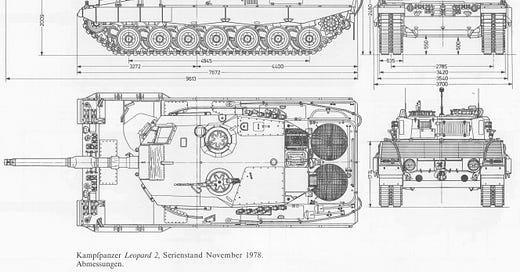



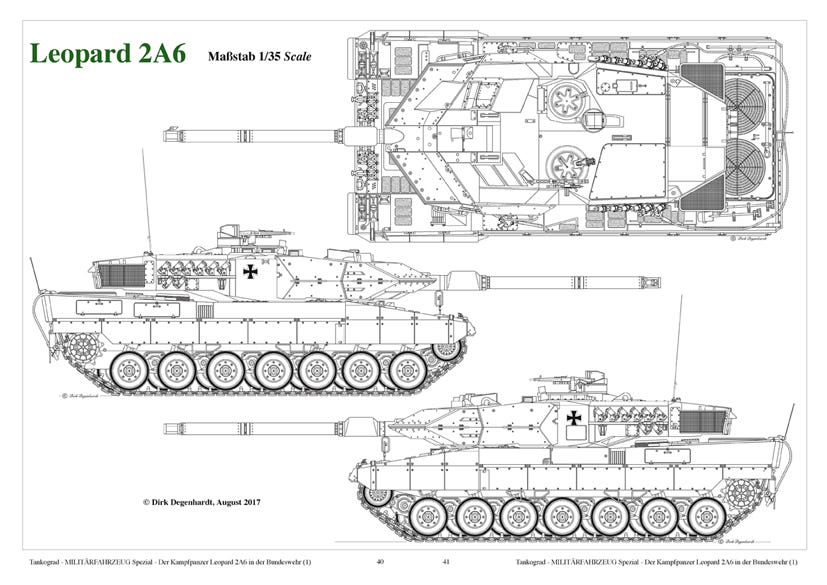
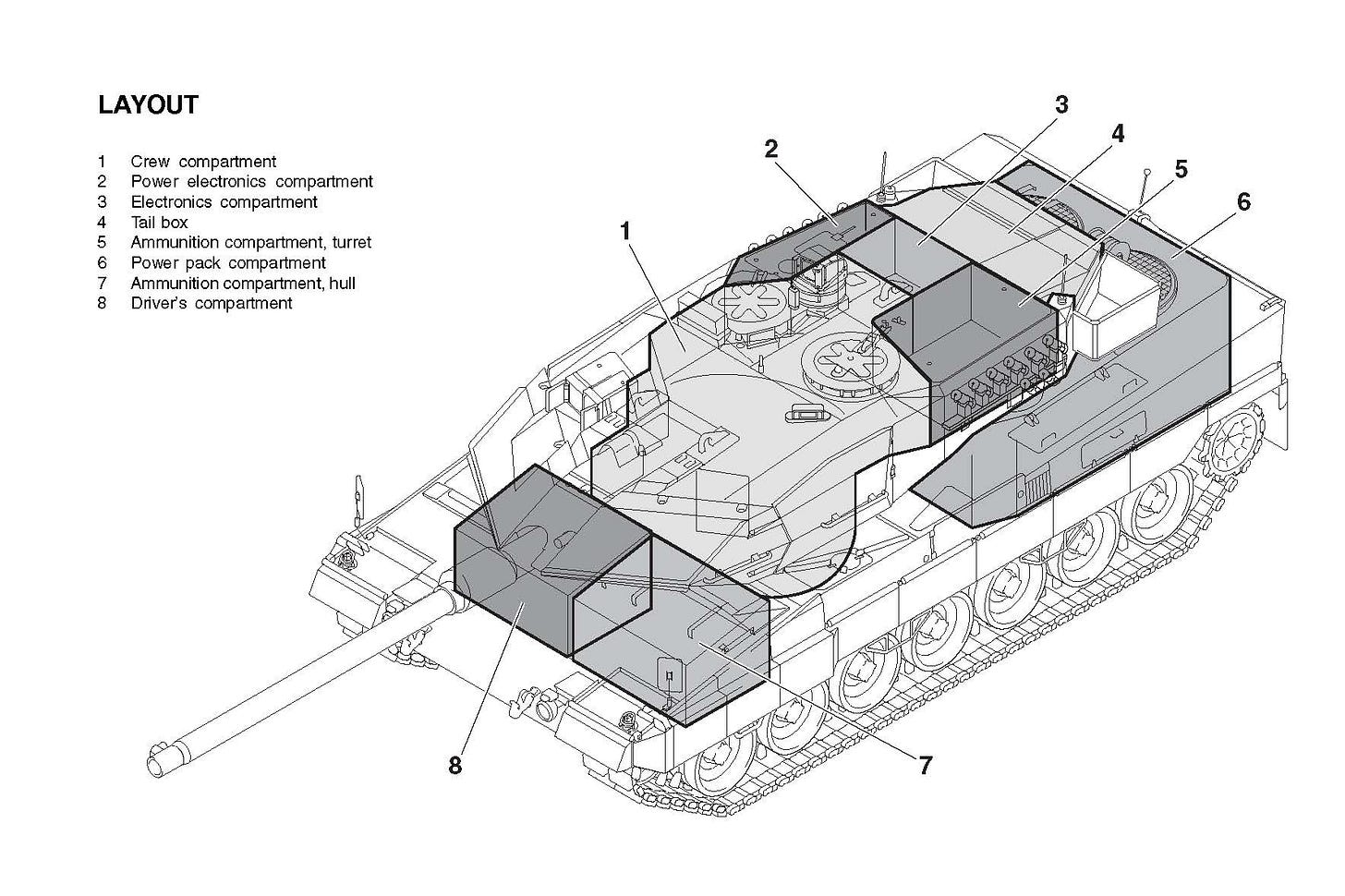

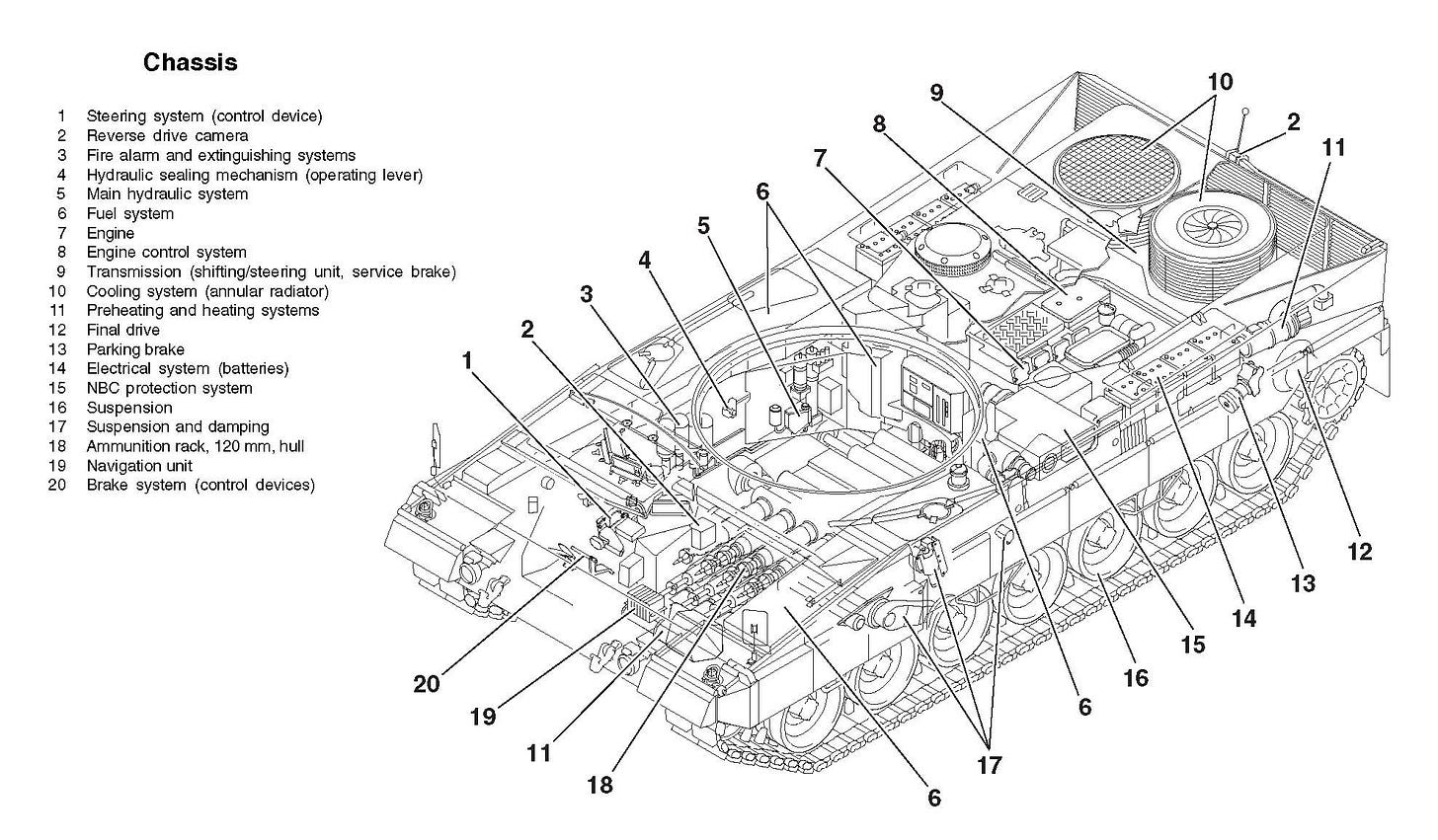




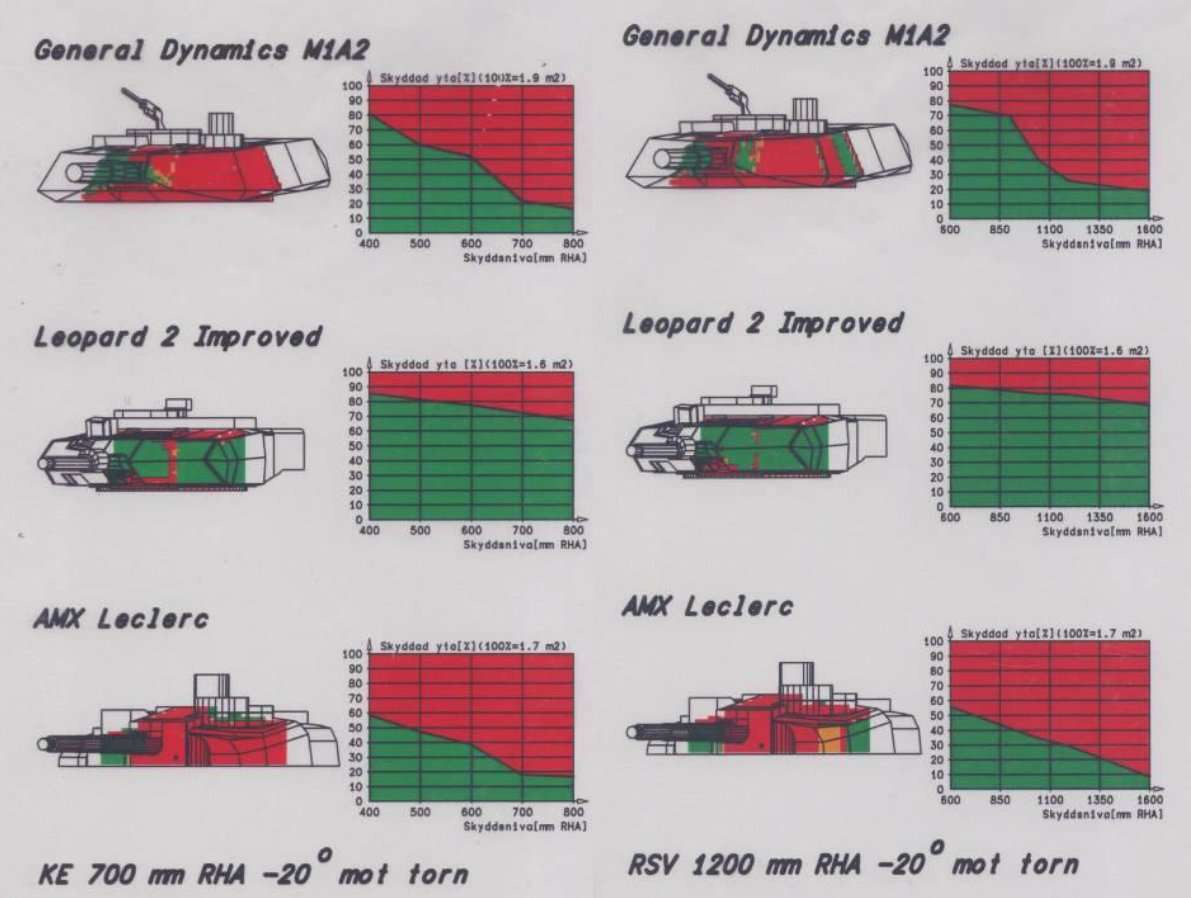
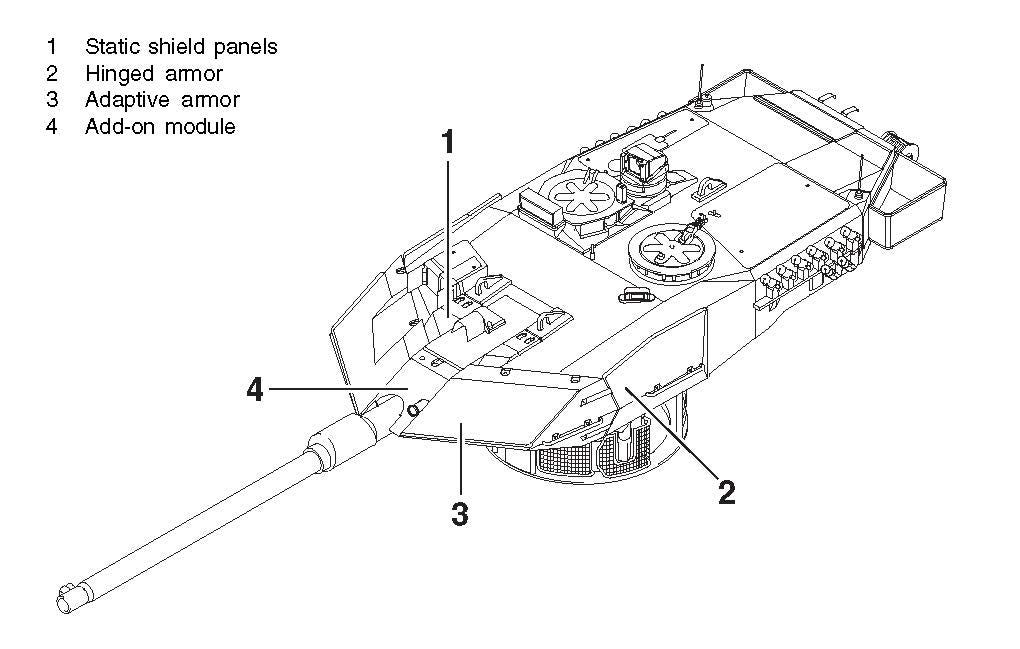
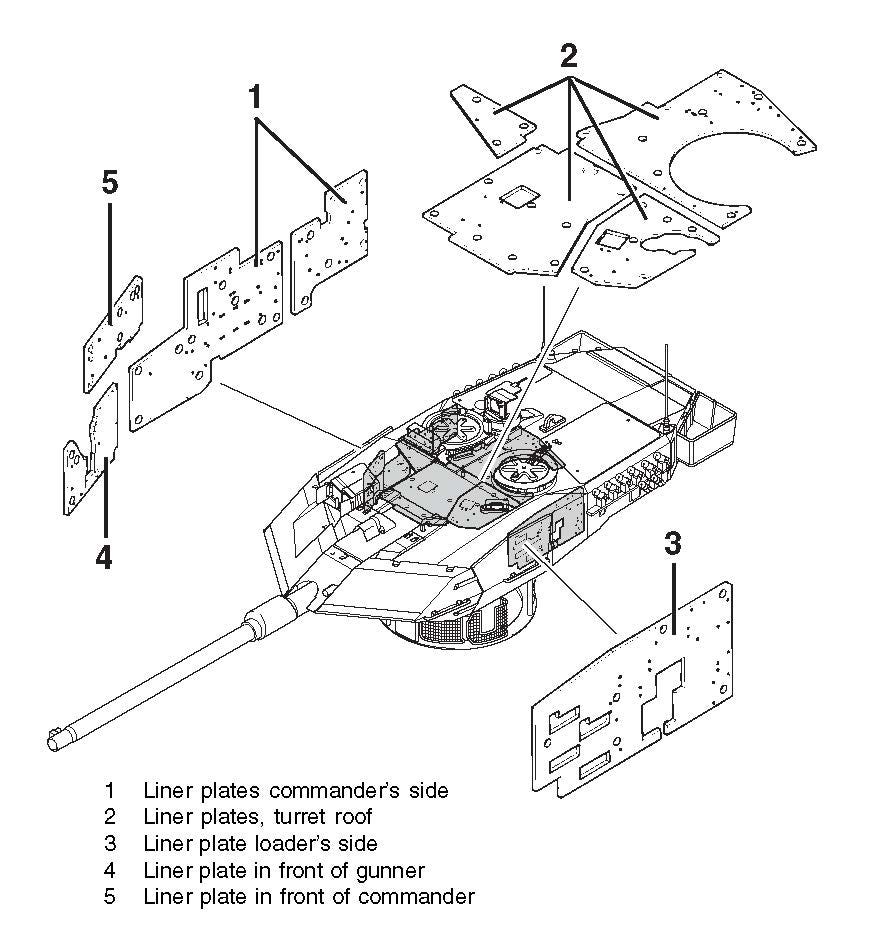
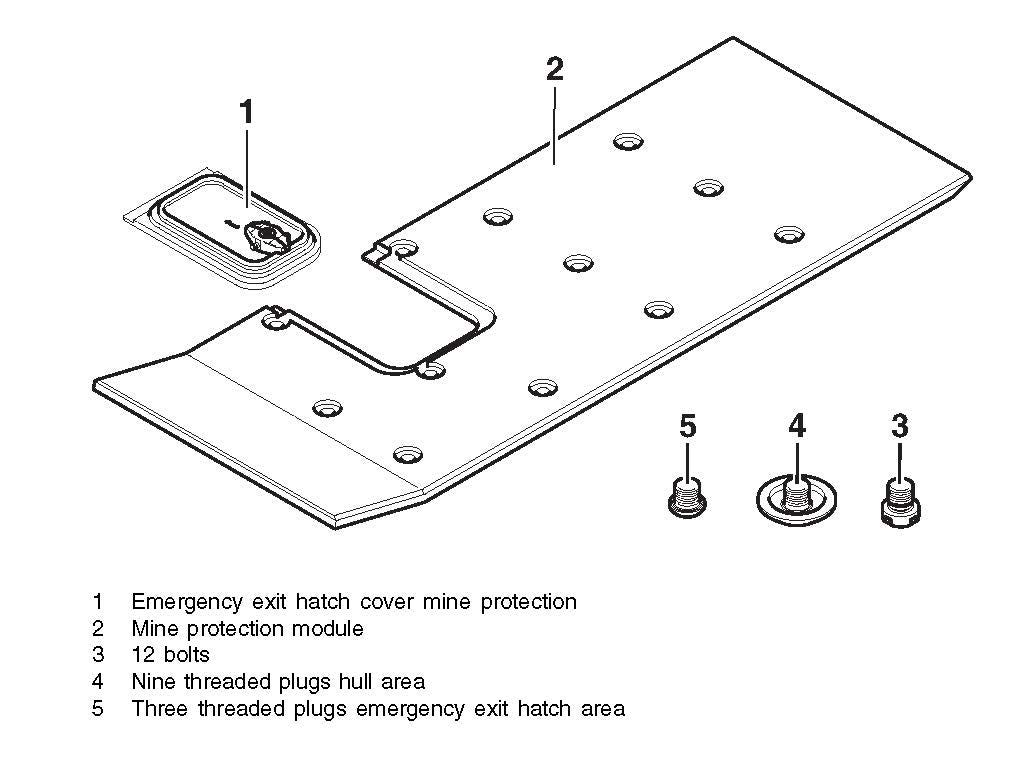
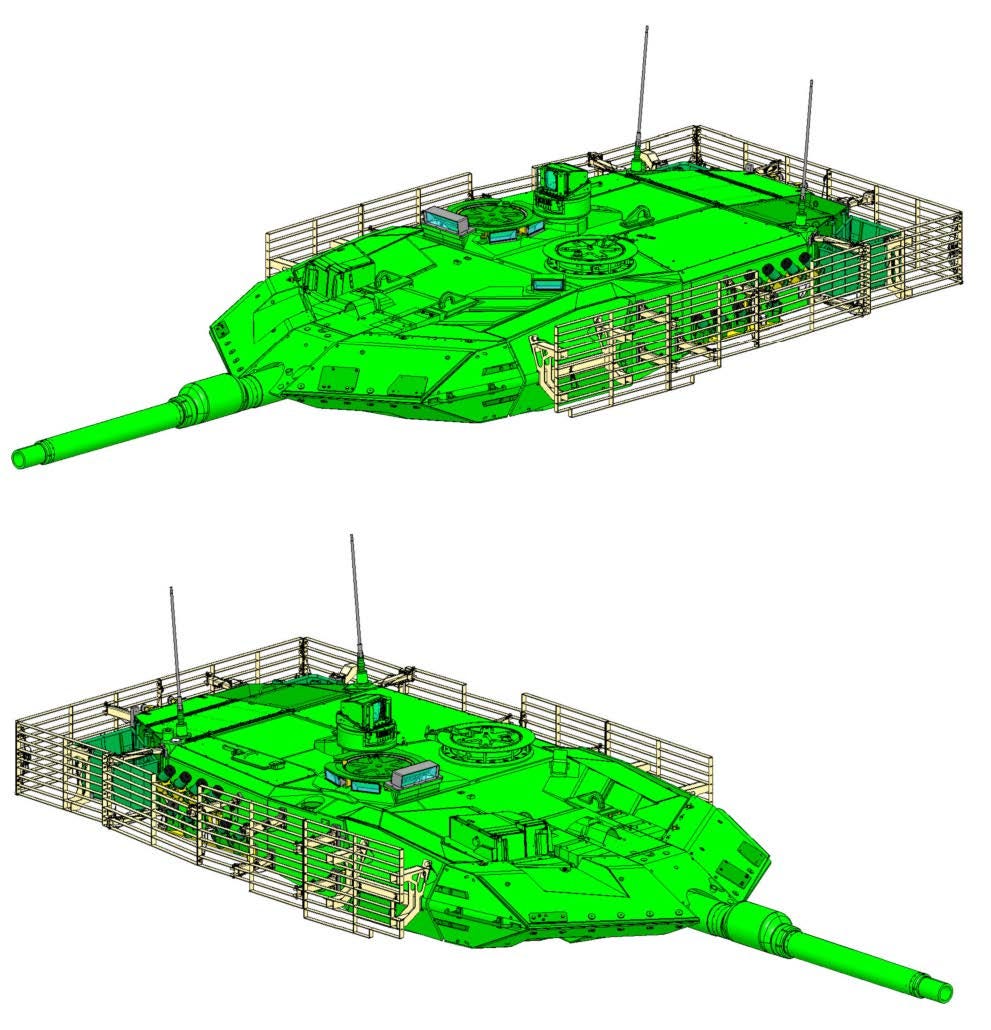


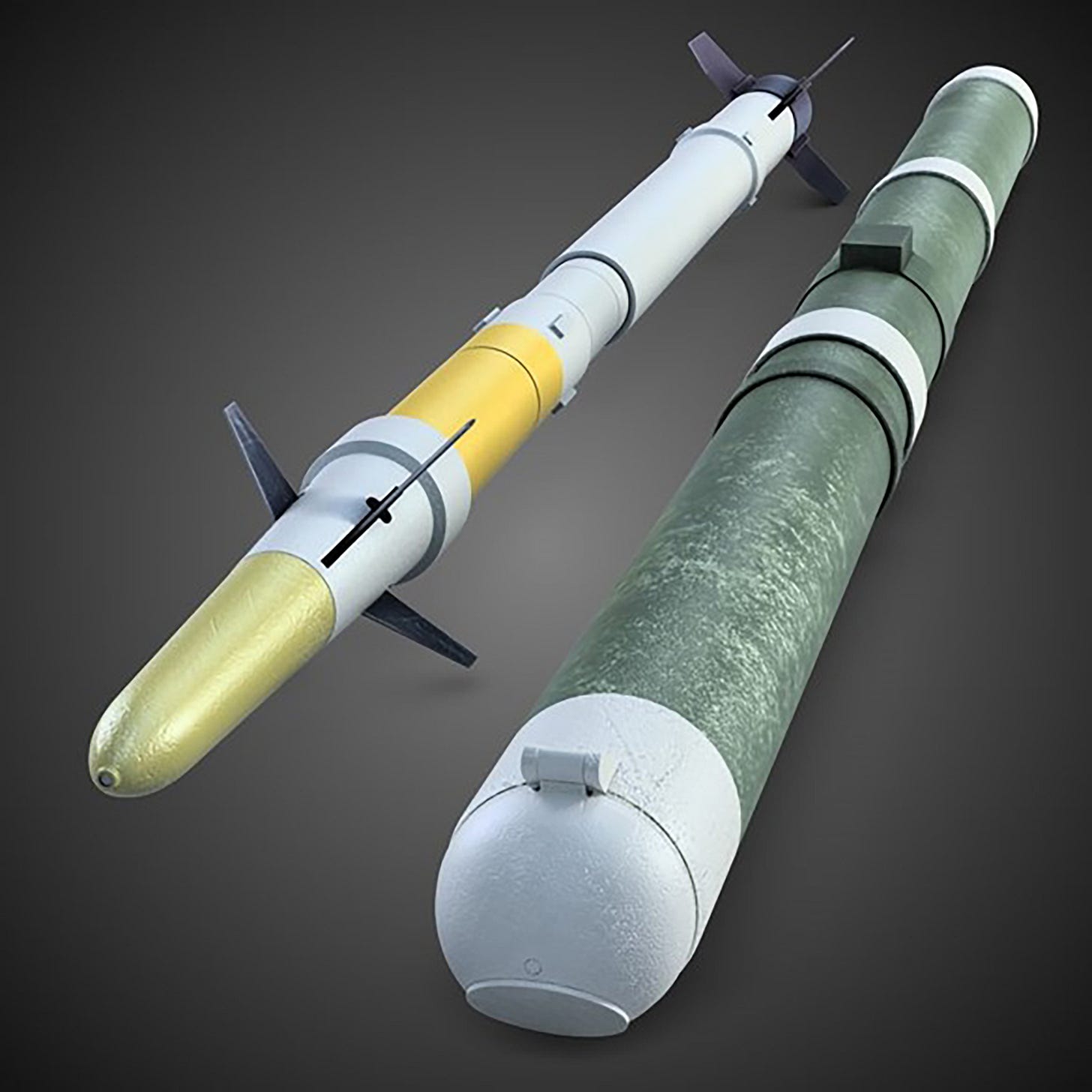

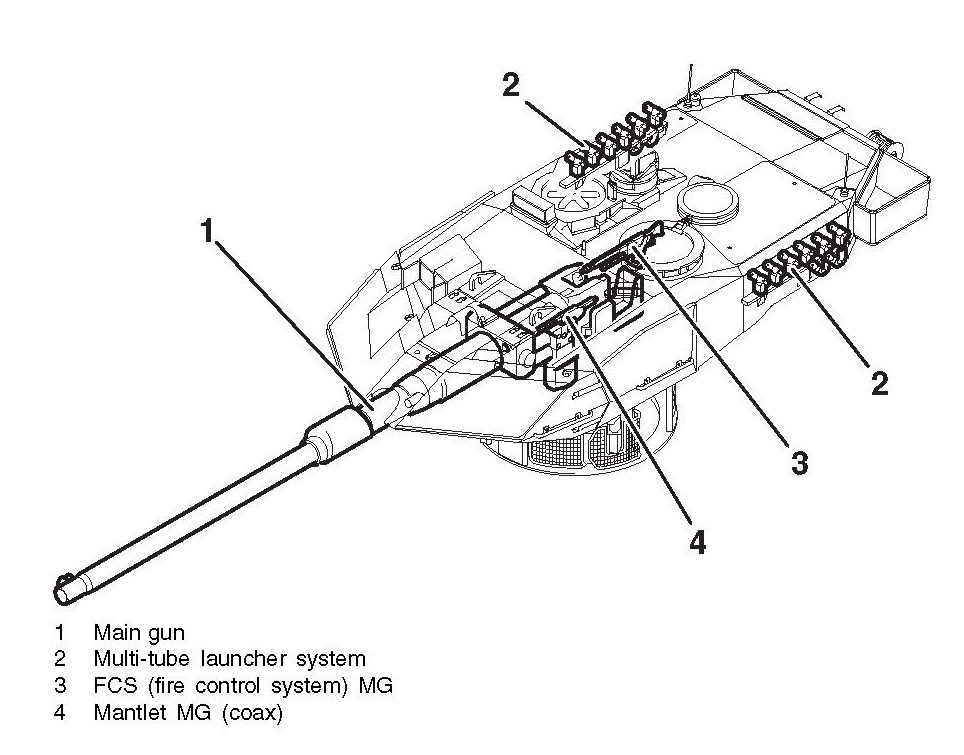
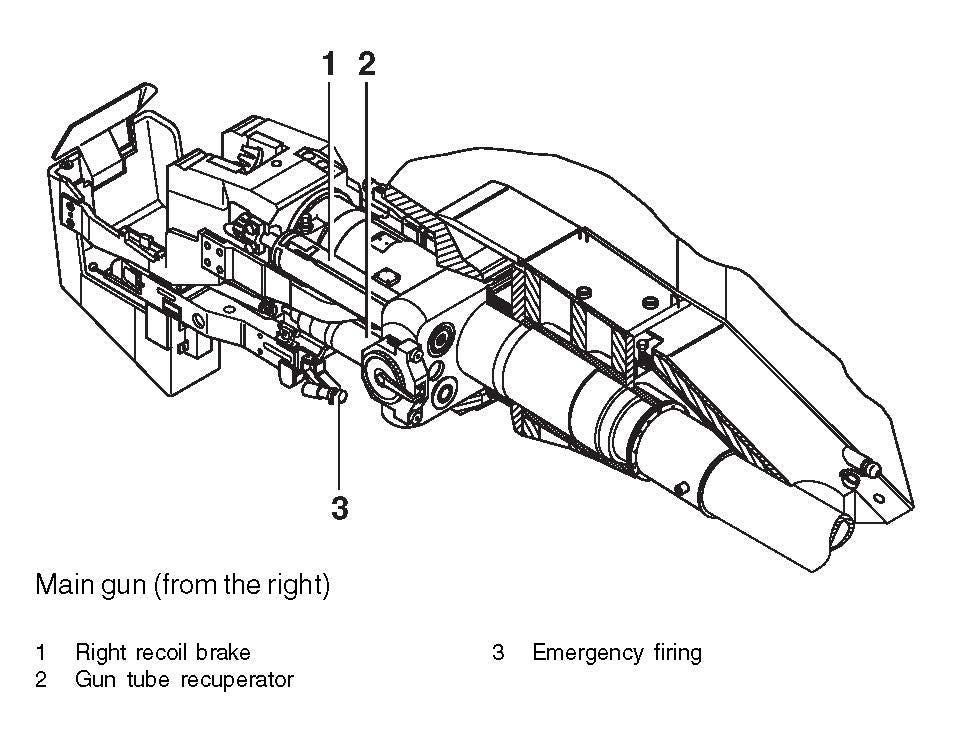
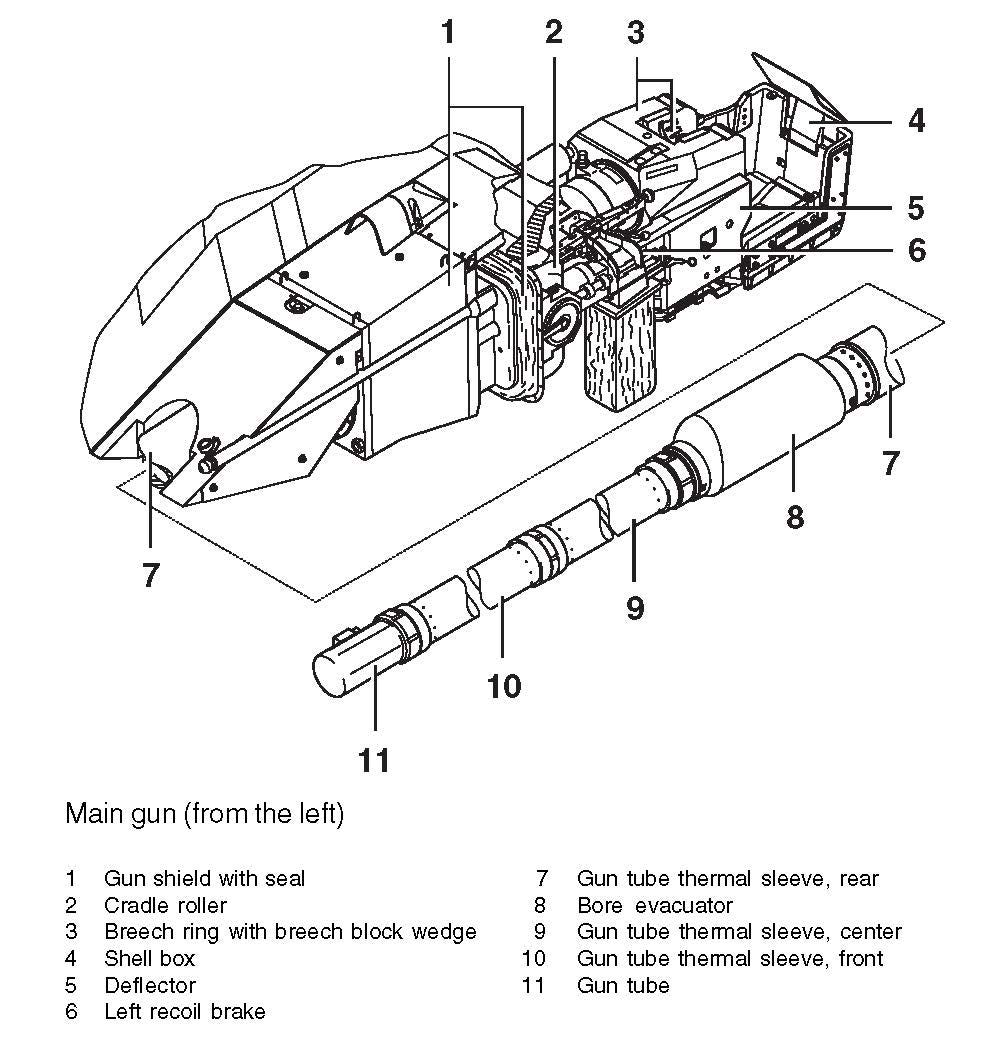
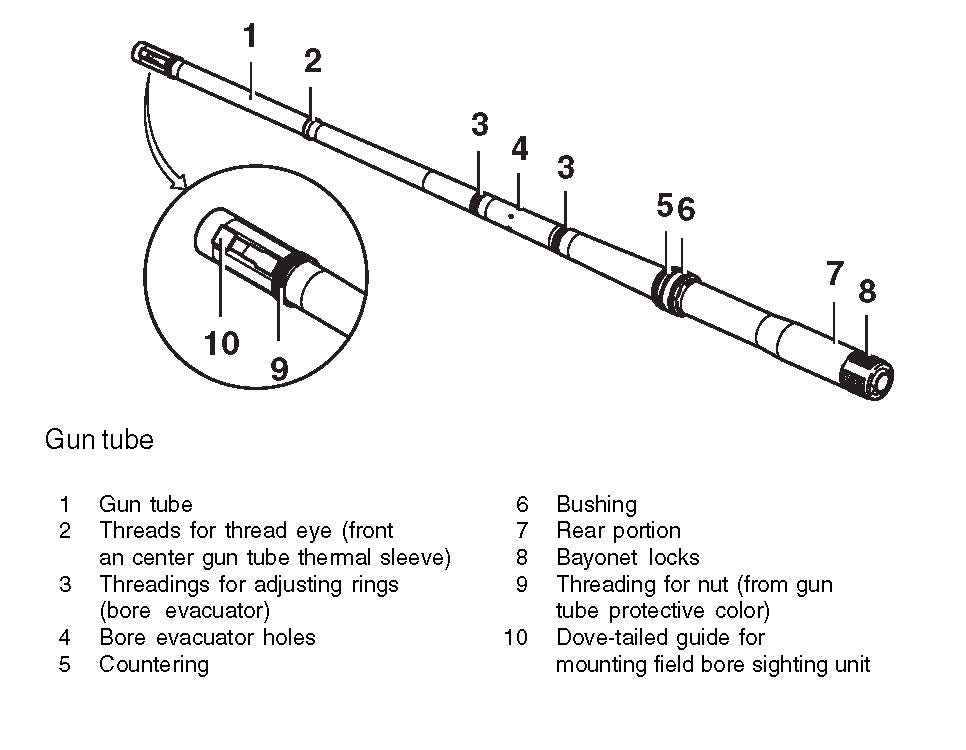
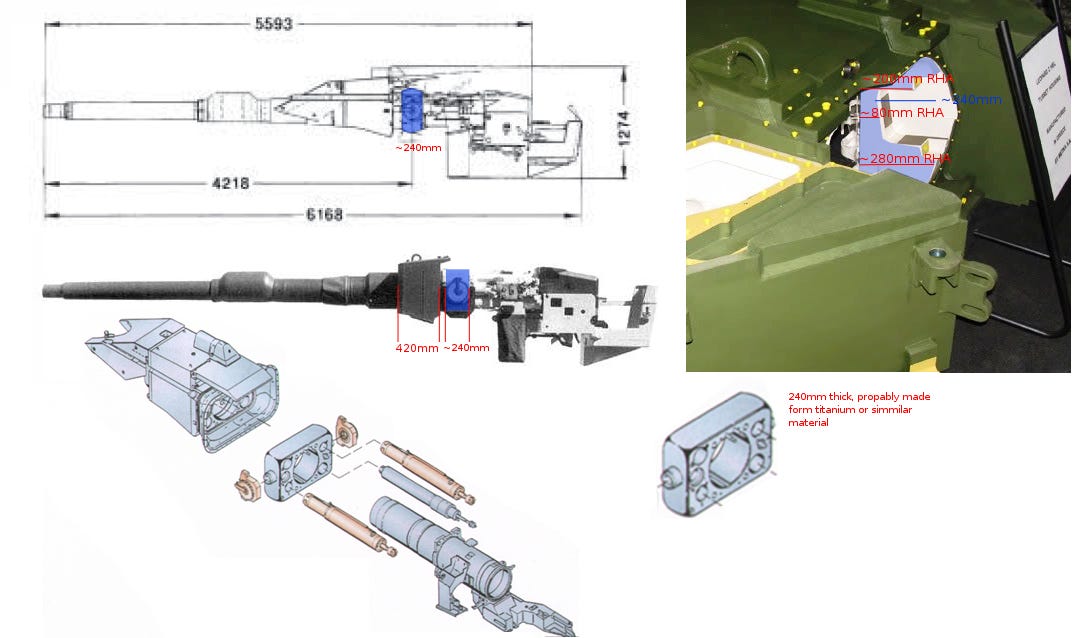
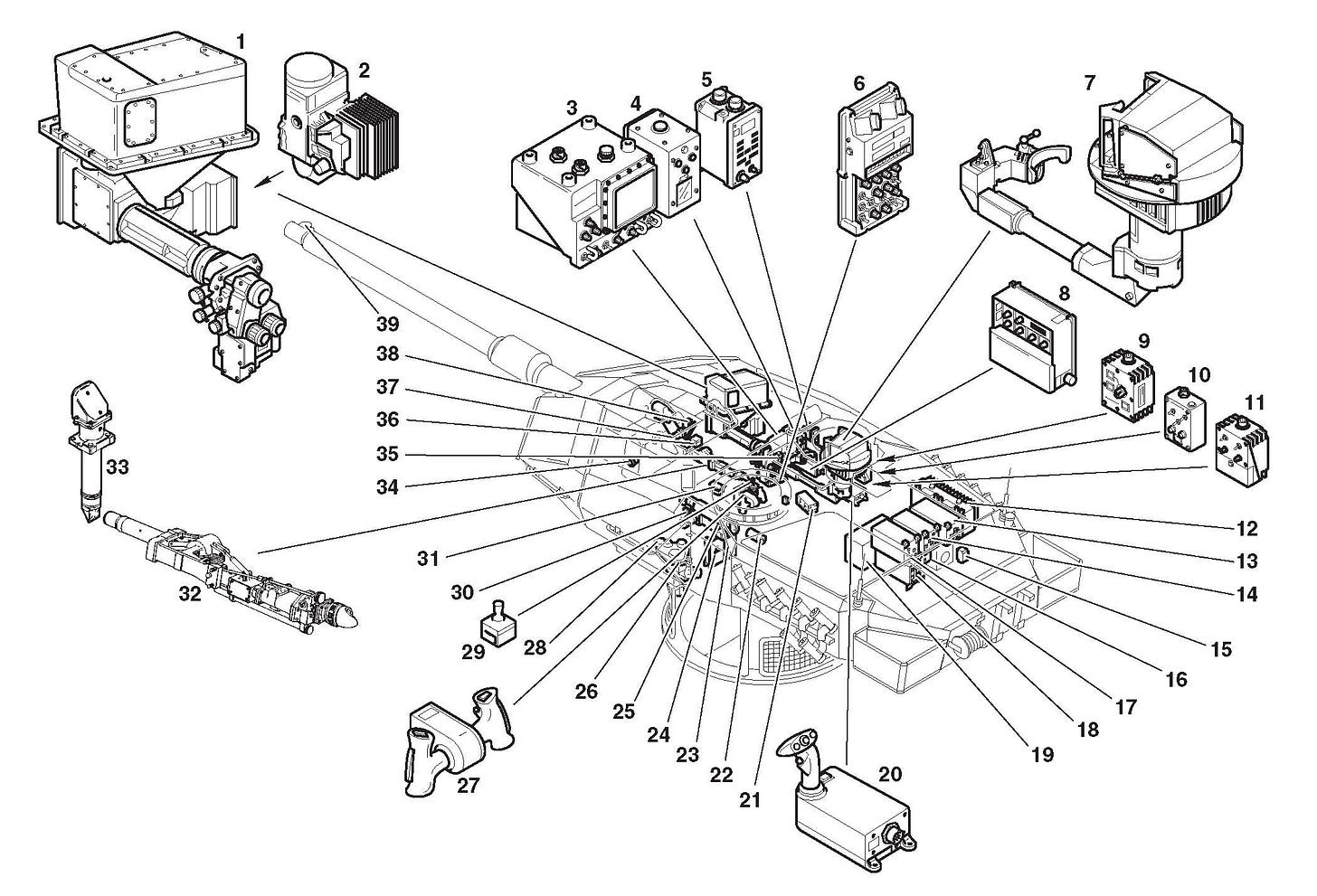



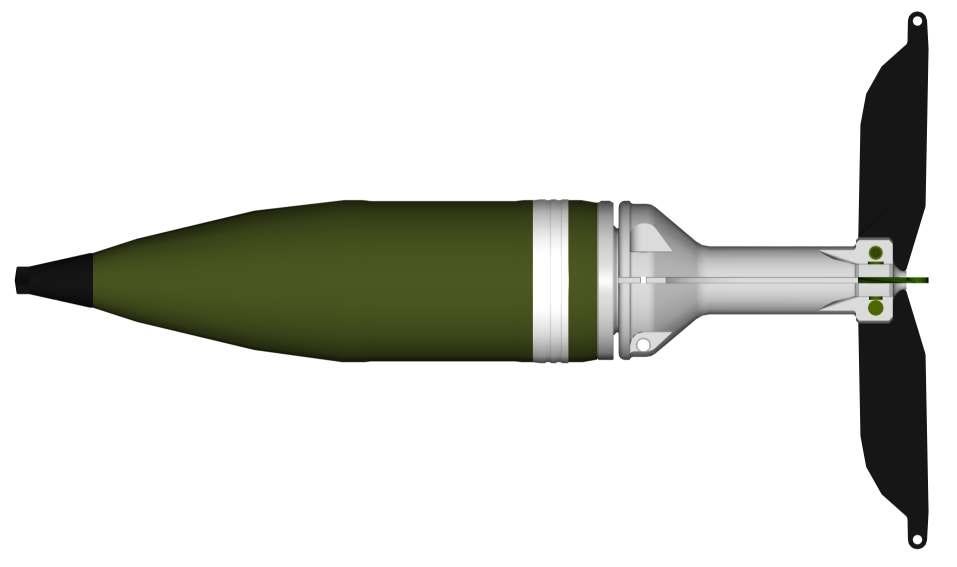

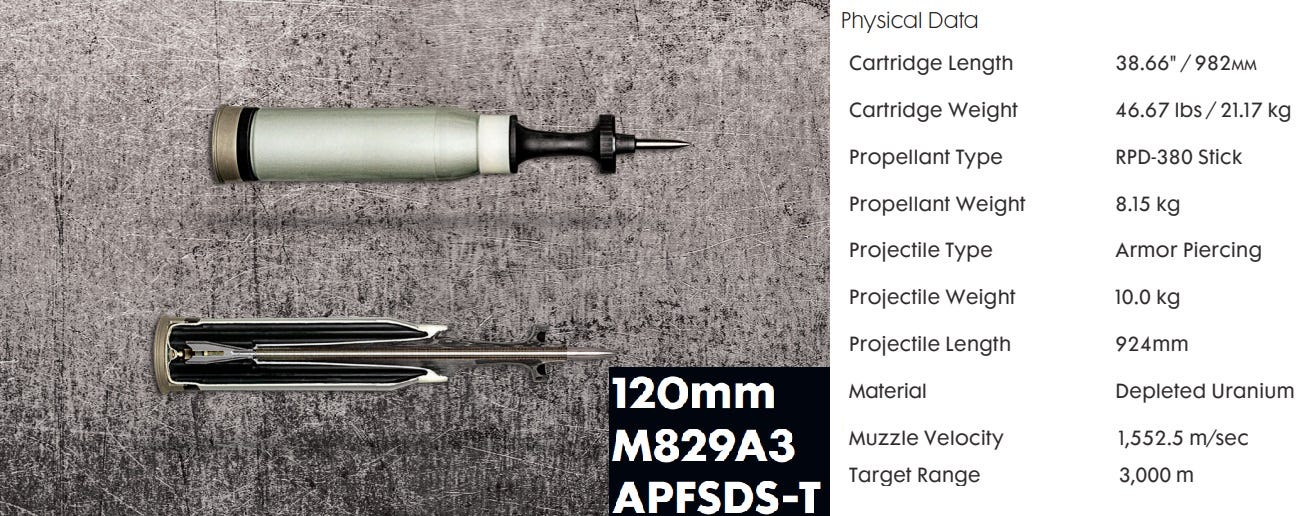
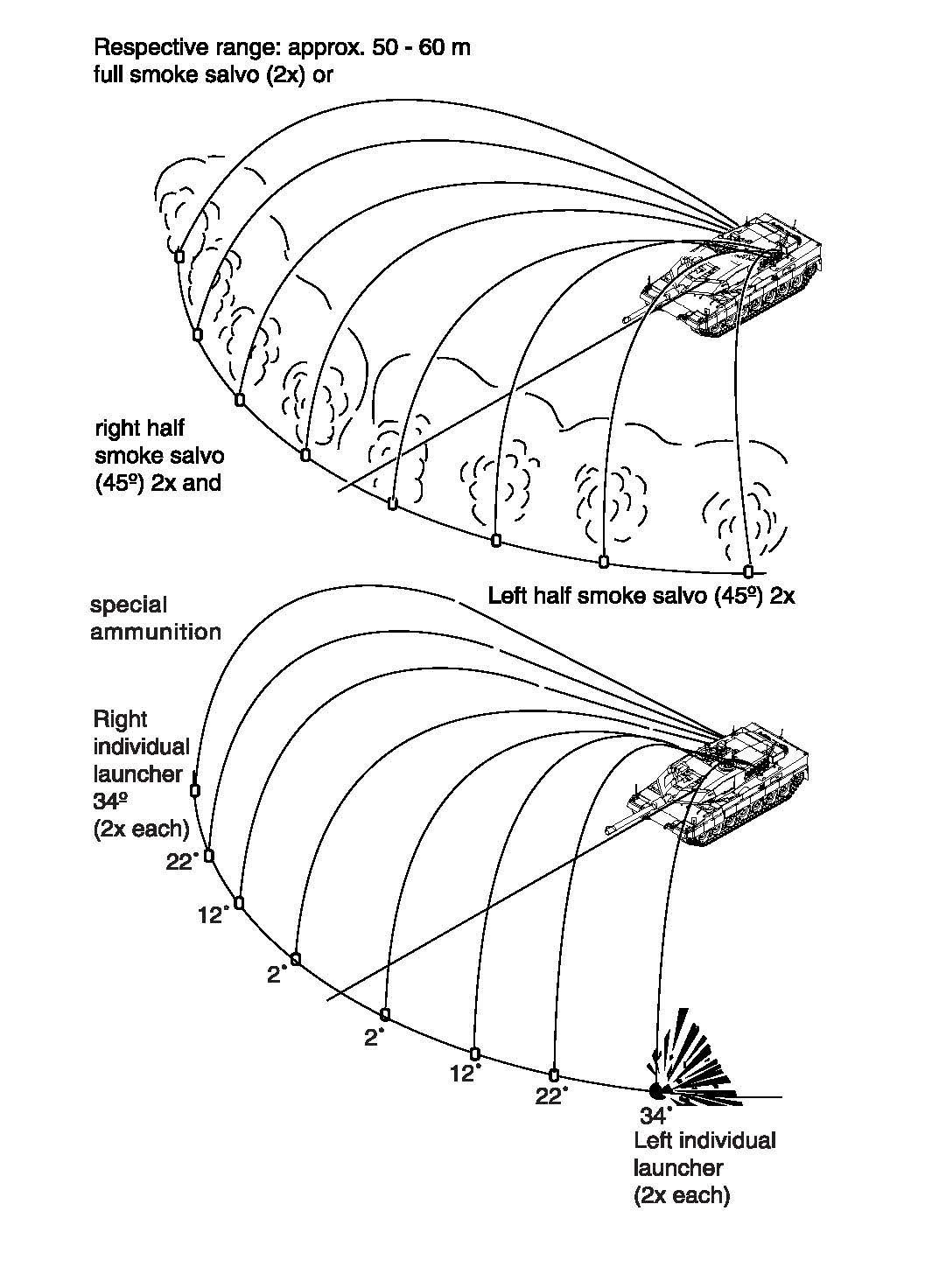
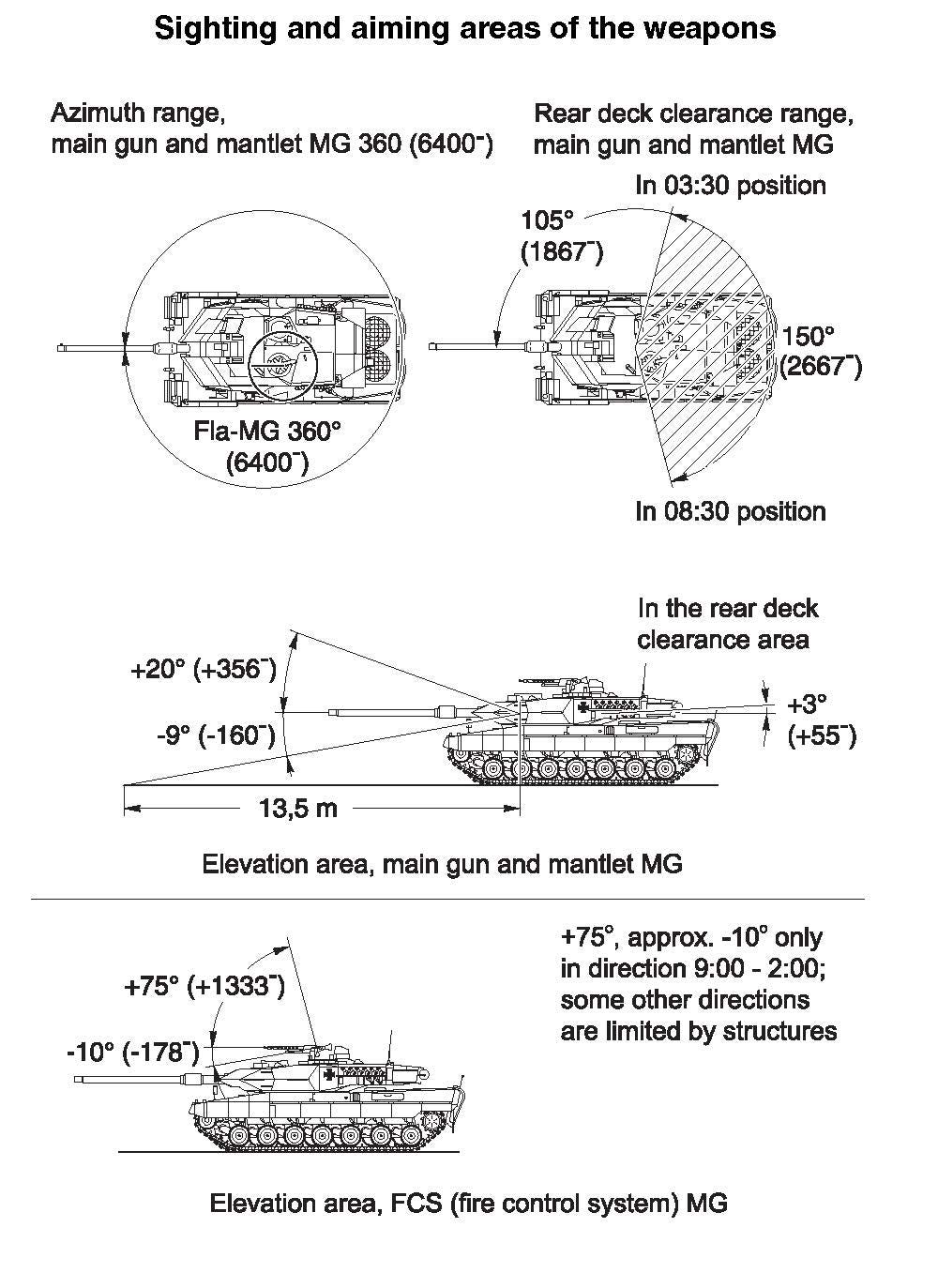
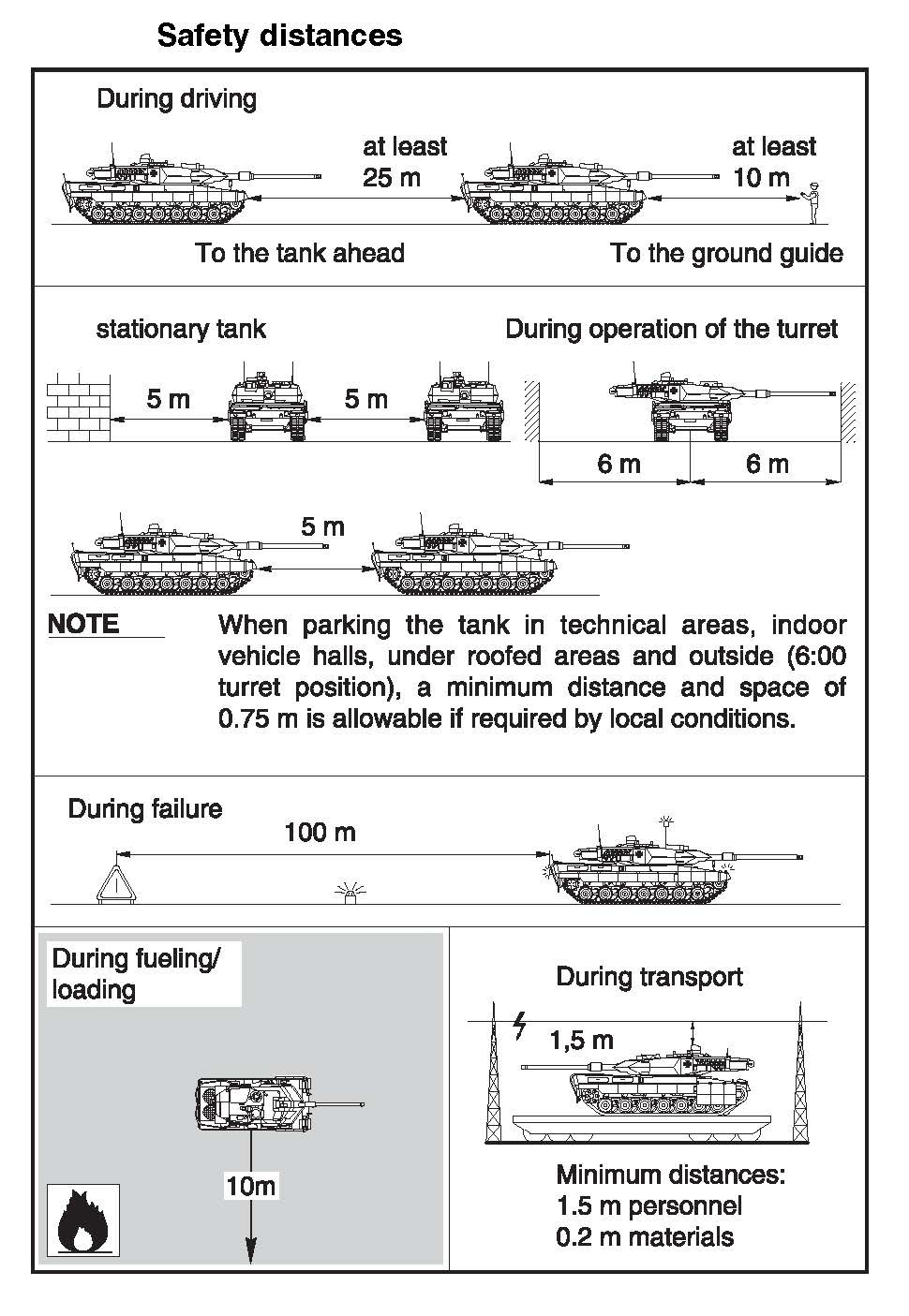
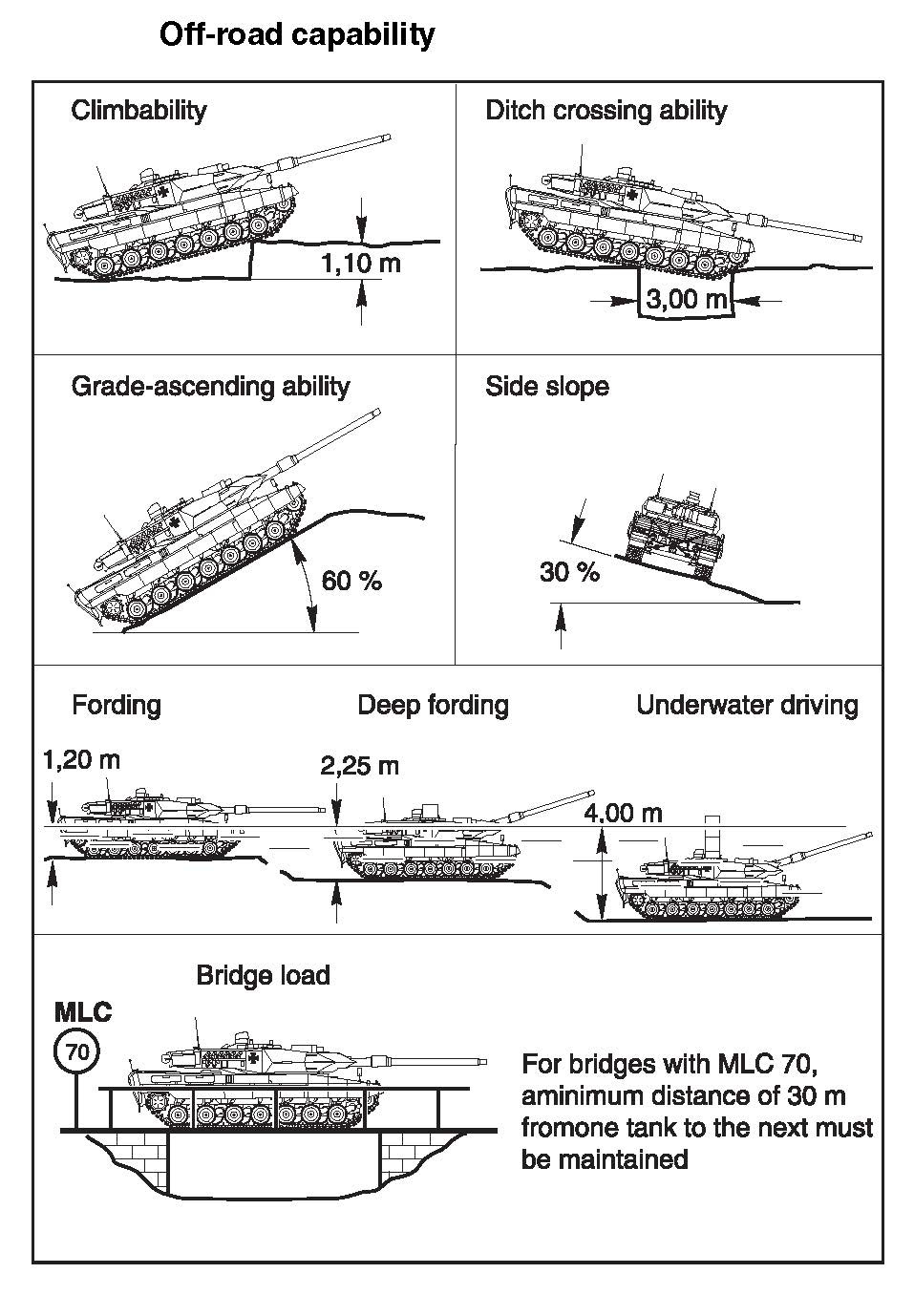
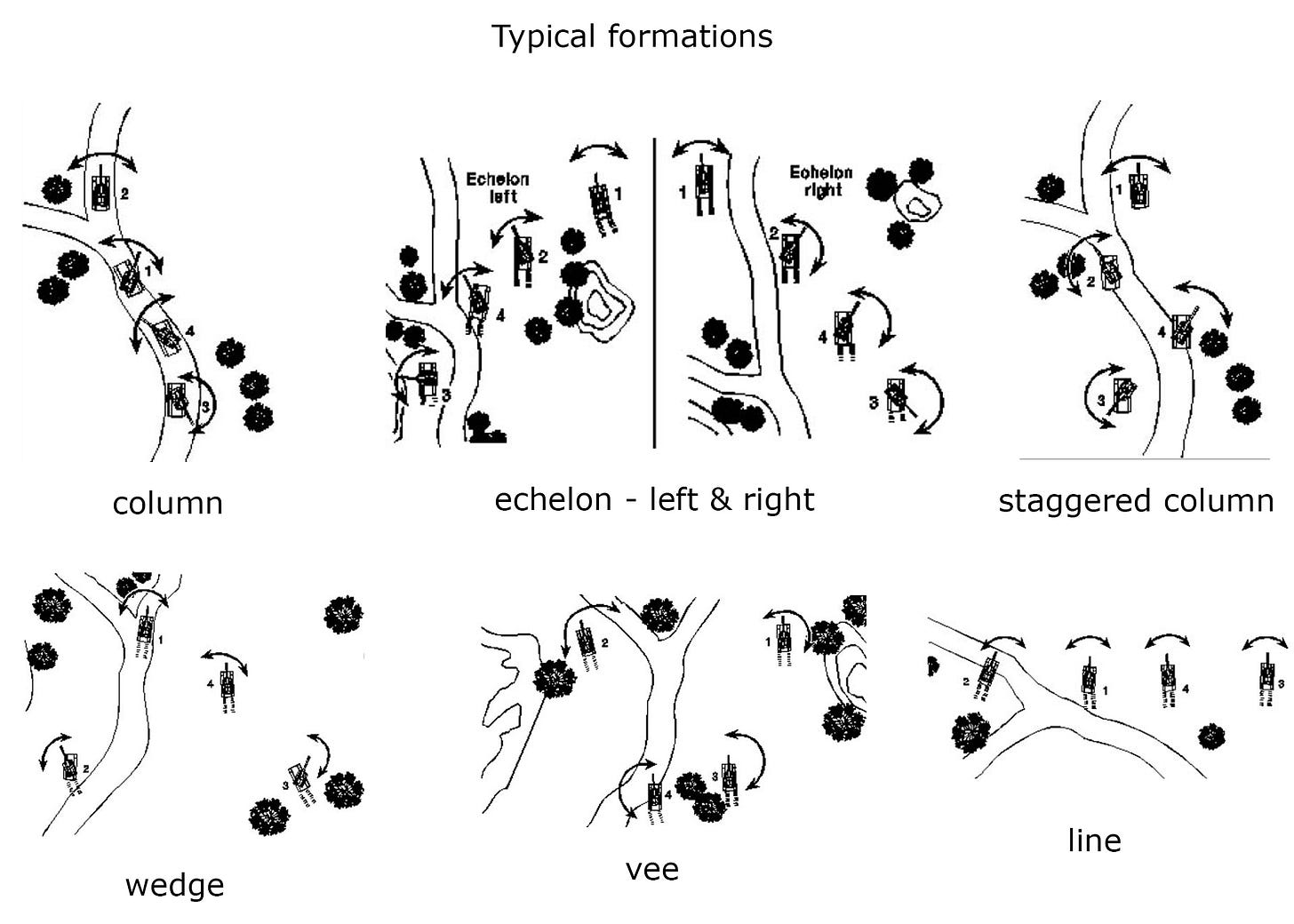
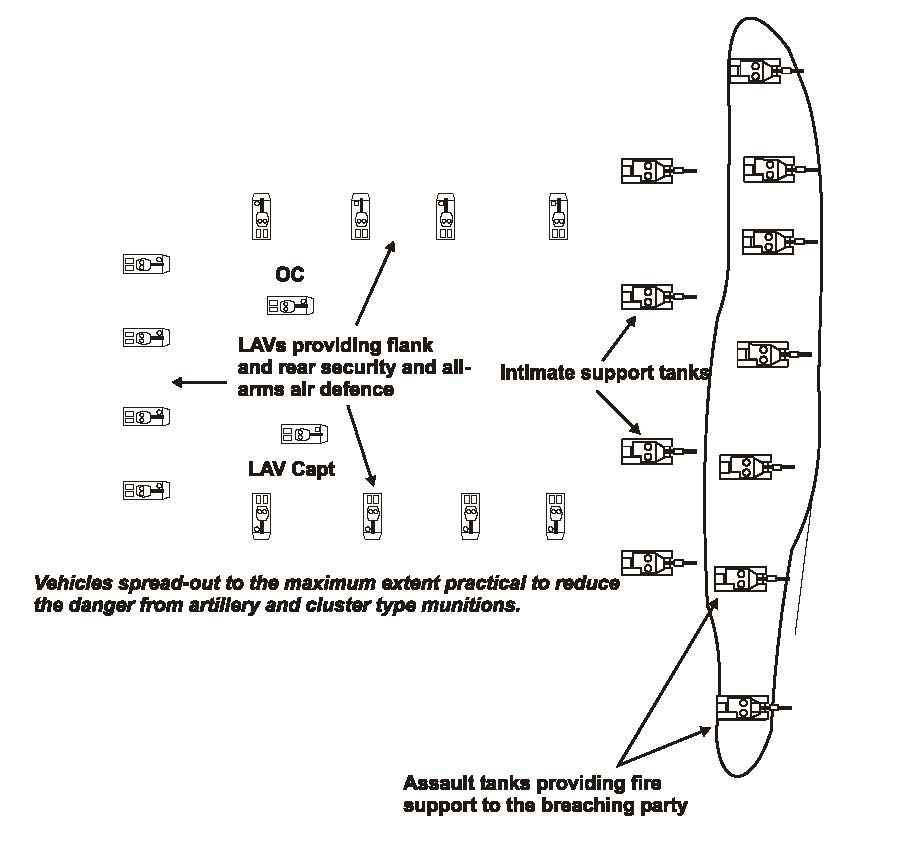
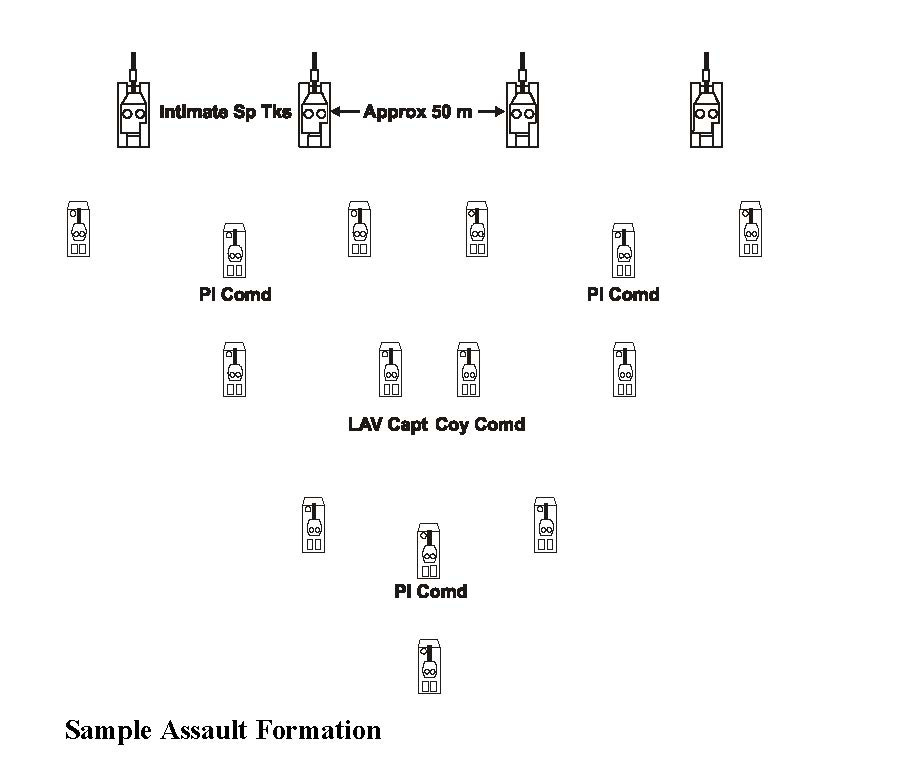
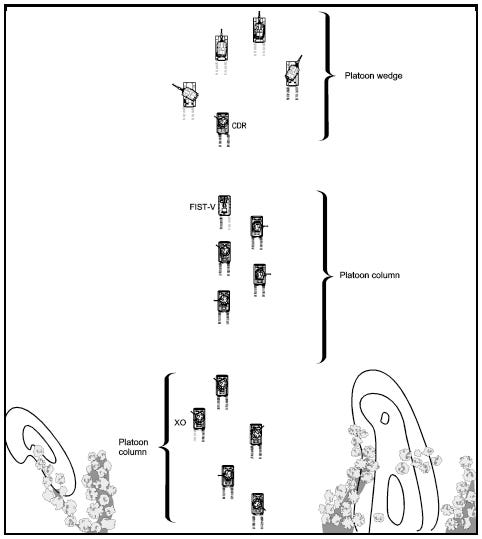

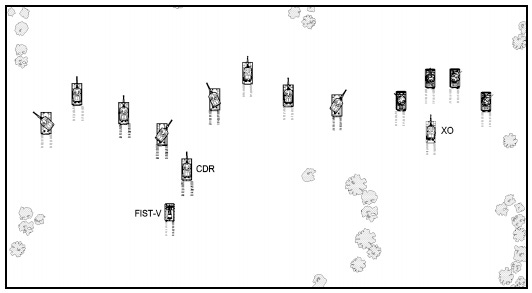
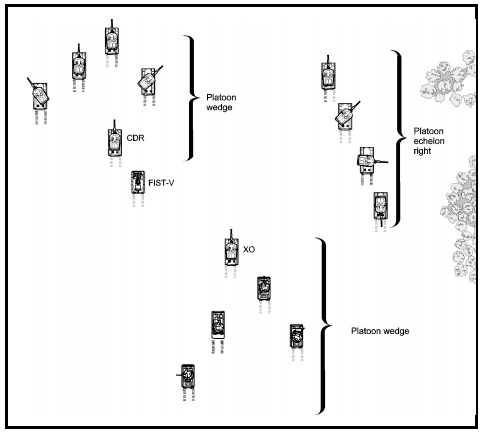
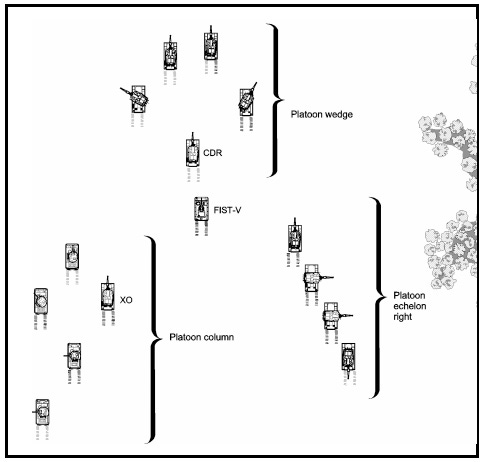

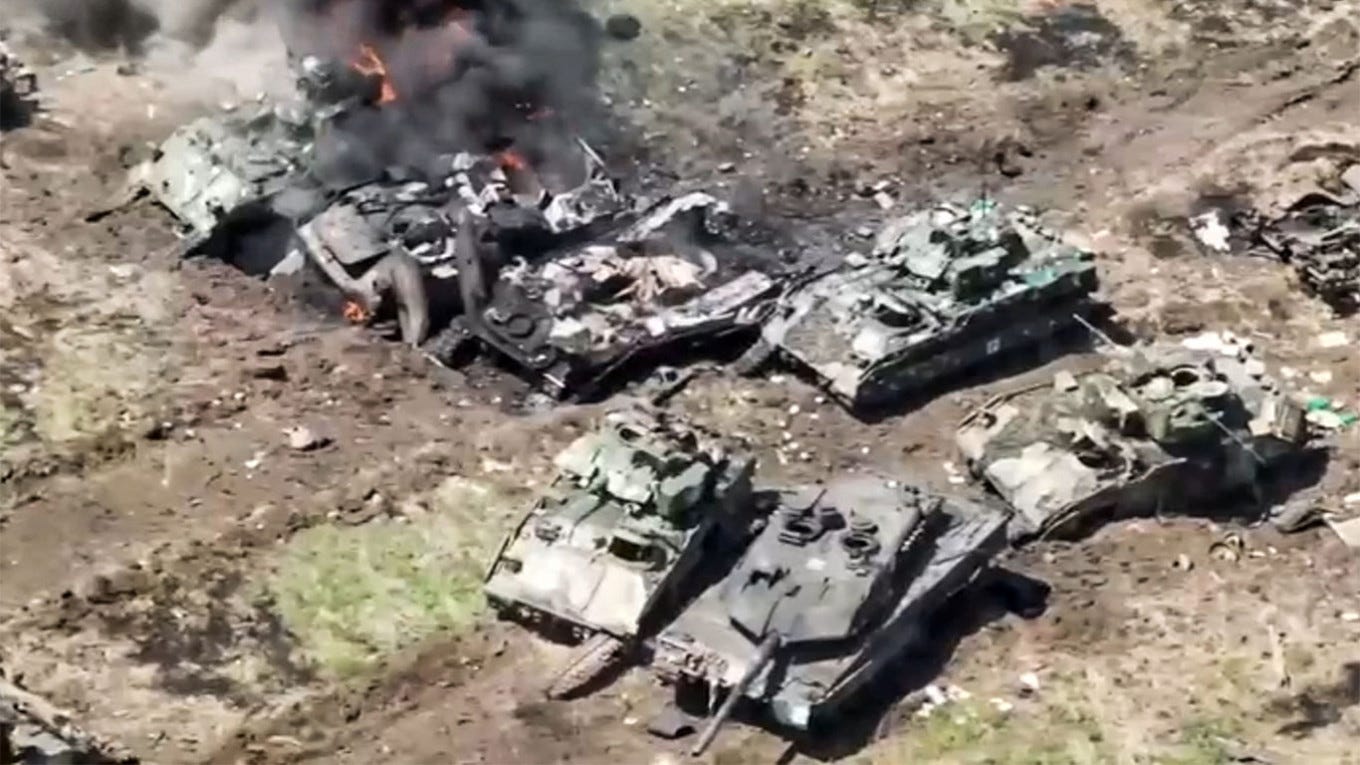
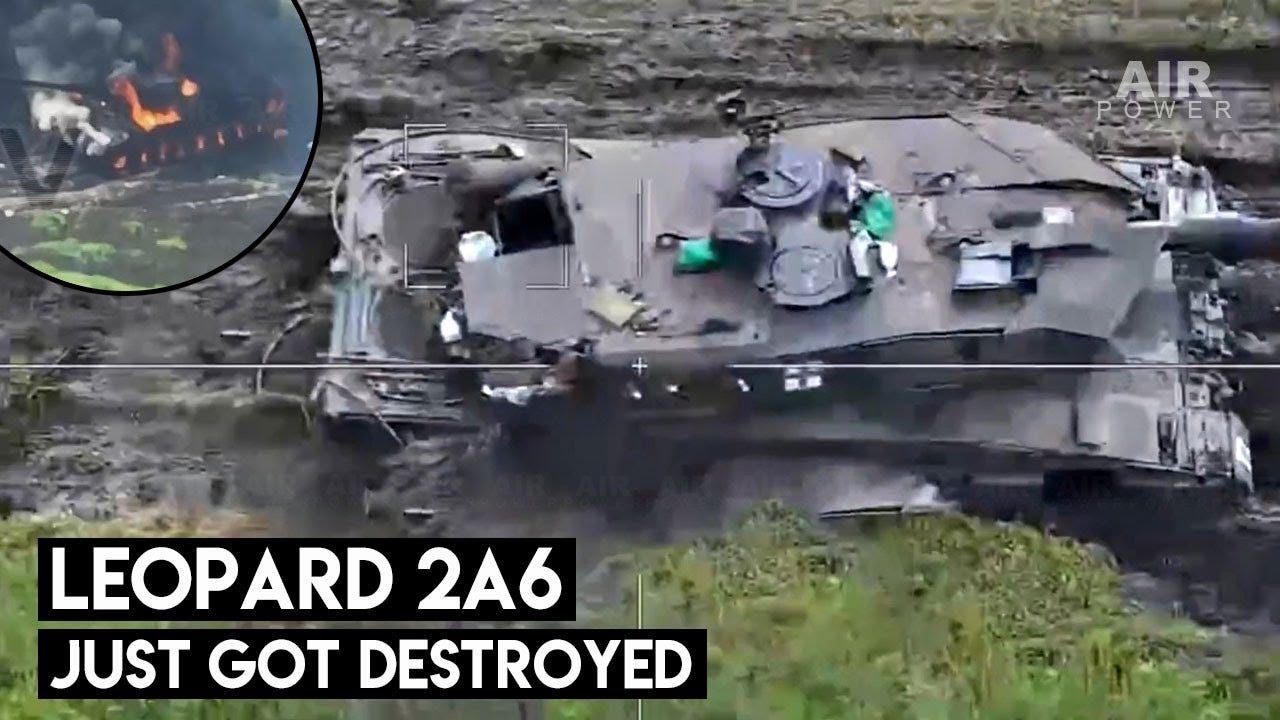
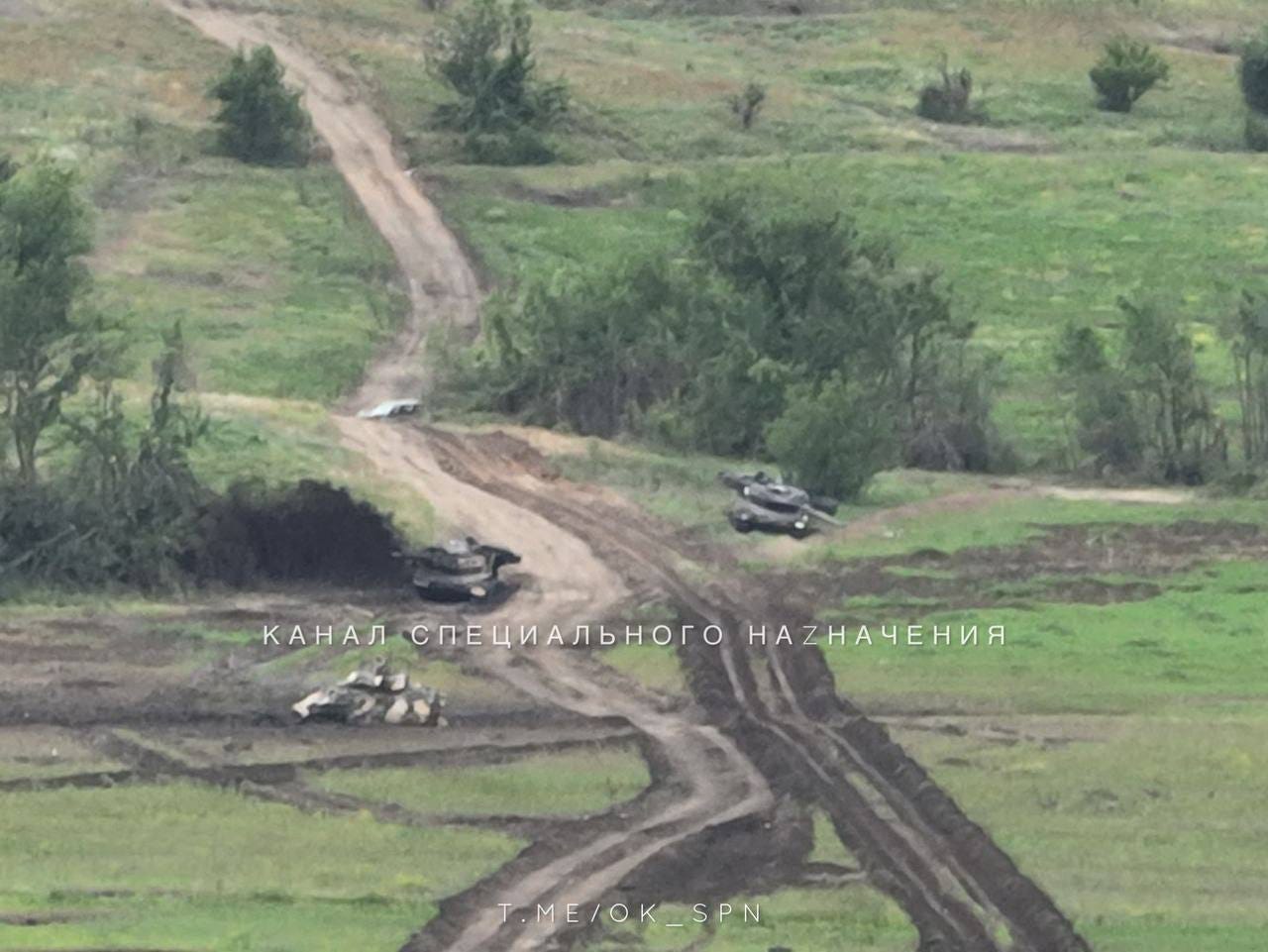
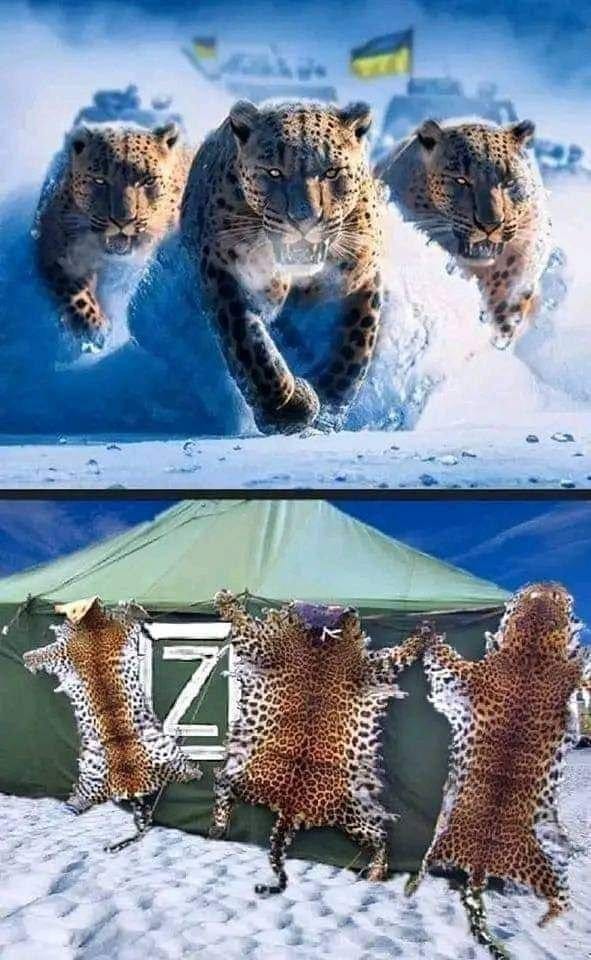
Amazing article Mike!
I can't imagine how much time you invested in research!
Great.
If ten Ukrainians or a hundred Ukrainians die for every Russian, the decisionmakers in Kiev and Washington see this as a win, since, after all, a Russian person died. Hell, these are the people who wanted to put up a monument to a shark. The number of dead Ukrainians is of no concern to Zelenskii or his western sponsors.
I should have added, that if Ukraine temporarily seizes a chunk of land large enough to cover a good-sized coffee table, this will be proclaimed to be the greatest military triumph since the days of Alexander the Great, even if doing so costs Ukraine a mountain of corpses and another mountain of wrecked western equipment.
Either that or the cheerleaders will insist that "This is just a reconnaissance in force, a psyop to get Putin to overcommit and we killed a Russian to boot! The REAL counteroffensive will come later, after we give Ukraine more tanks/F-16s/a NATO army/IRBMs and nuclear missiles/sharks." This again, after Ukraine has paid a colossal price in blood for what the cheerleaders call a "reconnaissance in force", not to mention the price in western treasure.
This will continue, unless and until Russia either ends this war for good, or finds a way to make the lives of the decisionmakers in Washington uncomfortable. Short of WWIII, I am not sure how Russia can accomplish this.